Back To The California Coast
A watery extract from our photo book, Pathways.
Below is an extract from our Pathways book - you can learn more about the project and order a copy by clicking here.
Enamoured with foreign landscapes and the promise of escape, it is difficult to resist the romance of distant shores. Some of these yearnings may remain idle, little more than wanderlust-infused daydreams, while others are enough to see us journey into the unknown. Yet, as glorious as the new and undiscovered may be, once we have explored a destination (living like a local and venturing beyond the tourist trail), it’s not uncommon to find that there are certain spots we can’t help but return to. While first encounters are marvellous, following a pathway back to the familiar can be just as inspiring.
Photographer Virginia Woods-Jack has visited the Californian coast on many occasions, enthralled by its natural wonders and soulful inhabitants. Seeing her depictions of Venice Beach, with its laid-back surfing vibes, and the mellow scenes of the Encinitas area, it’s not difficult to imagine why.
From her first visit to these glowing shores, Virginia felt like she was coming home; somewhere she hadn’t been for a while that was familiar nonetheless. With the beauty of the scenes and the calm of the people observed remaining constant, each visit was a reminder of that first encounter – a chance to once again capture smiles, soft light and rolling waves. However, Virginia’s lens was also drawn to the subtle changes in the landscape, the shifts in mood and colour that arose with the turning seasons. Over time these changes helped bring the setting to life, elevating it from mere ‘holiday destination’ into something alive and ever-evolving. And so, with each return Virginia asked herself the same question – what would life be like if this was truly home?
It is by revisiting certain destinations that we are able to reflect on the pathways we have chosen: where we find ourselves, where we have been and who we wish to be. From here, far from the constraints of the everyday, we can do more than recall fond memories or sate our inner vagabond. We can instead focus on the minute, appreciate the altering patterns and perfection of nature and plot future journeys surrounded by a setting that remains strangely familiar. We know the scenes before us will transform before we return, and we might too – the sense of possibility forever promising.
Words by Yvette Edwards and photographs by Virginia Woods-Jack.
Sail Away
A different side to Sweden.
Words by Jen Harrison Bunning
Photographs by Tom Bunning
It’s curious that I’d never been curious about Sweden before. My Scottish father was seconded to Stockholm in the 1960s as part of his medical training and my Cotswolds childhood was peppered with Swedish notes: breakfasts of knäckebrot and Kalles kaviar branded smörgåskaviar (crispbread and caviar paste), evening feasts of my Australian mother’s take on svenska fisksoppa (fish soup) and afternoon snacks of Annas Pepparkakor (ginger thins). Aside from the odd delirium-inducing trip to IKEA, a passion for Wallander and late night cook-ups with friends making vats of that same fish soup, Sweden had somehow fallen off my radar.
It was a conversation at dusk over a whisky with my father that ignited a longing to discover the country that had helped shape my taste buds, and the place he had discovered at around the same age I find myself now. He regaled me with stories of the Stockholmers’ easy hospitality, long kitchen suppers, summer days messing around in boats and nights spent wild camping out on the islands of the archipelago, making the most of the Swedes’ law of Allemansrätten (the Right of Public Access). This sort of AAA pass gives any person the right to visit someone else’s land, bathe in and boat on any water and gather wild flowers, mushrooms and berries, amongst other things, from almost anywhere, so long as you’re suitably respectful of the owner’s rights. It sounded blissfully bucolic. But memory can apply a soft filter to the mind’s eye through which the past appears honeyed and mellowed. Added to this, we were finally visiting just on the cusp of winter, so I didn’t know quite what to expect from my first experience of Sweden’s quiet Baltic treasure, the archipelago islands.
Flying into Stockholm gave a tantalising first glimpse of the some 30,000 islands and skerries that make up the archipelago’s Skärgården (garden of skerries) and as we touched down I could hardly wait to get out on the water and start exploring. With a few hours to kill in the city it became apparent that you could ask any Stockholmer about the archipelago and their enthusiasm would have you heading straight down to the port and hopping on one of the many ferries heading east towards the Baltic Sea. Luckily that’s exactly what we were doing. So with bellies full of hip eatery Urban Deli’s recommended special of pea soup and pancakes (apparently the ruminations of the Nobel Prize for Literature Committee are conducted over this very meal) we boarded a Waxholmsbolaget ferry for the first stop on our archipelago adventure: Vaxholm.
You could go by road to Vaxholm, crossing the water at the bridge over Pålsund, but why do that when you can travel by sea? For year-round islanders the trip would be a very ordinary commute home, so naturally they stayed below deck in the warm for the hour-long journey. But as virgin voyagers we couldn’t resist zipping up our coats and venturing to the back deck for a blast of Baltic Sea air.
It’s easy to imagine these islands and waterways buzzing come July, filled with sailing enthusiasts, day-trippers and seasonal residents toing and froing from summerhouses. However, on a cold November weekday the water was calm and the air still, and as dusk fell the city’s lights winked and flickered in the distance. I could feel the grime of a London winter seeping from my skin; it felt cleansing, stimulating, a reprieve from the stresses and strains of everyday life. I was hooked already.
Disembarking at Vaxholm Harbour, cries of “Tak” and “Hej-då” rang through the cold air as islanders hurried down the gangplank and across the harbour towards warm homes (and steaming bowls of svenska fisksoppa, no doubt) and we headed towards the welcome sight of the Waxholms Hotell looming out of the dusk.
This splendid old fishing hotel was opened in 1902 by Augusta Karlsson, an extraordinary woman from Sweden’s southern district of Vetlanda. Augusta was a true archipelago entrepreneur who, having been orphaned in her early teens, moved to Stockholm to make a living. She worked as a maid, a seamstress and in catering on the railroads before turning her attention to boats. Here she went into business with the Waxholmsbolaget ferry company to purchase the Waxholms Hotell, becoming the General Manager – no mean feat for a woman at the turn of the century. With one of only three liquor licenses on the island, a thriving music scene and spectacular views across the archipelago, Augusta and her hotel helped put Vaxholm on the map. At the time of our visit the Waxholms Hotell was coming to the end of a refurbishment project, having recently changed hands for the first time in 35 years. After several decades of nautical inspired décor, the new owners were carefully restoring it to its original 1880-1920s glory, complete with a grand bar, fittingly named The Augusta for its pioneering founder.
Vaxholm itself has a rich seafaring past, famous for its role in defending Sweden from marauding would-be conquerors throughout the centuries, as well as its fleet of strömming (Baltic herring) fishermen. History enthusiasts may spend hours exploring its fortifications, citadel, museums and winding lanes, but Vaxholm’s wide-ranging charms include birch and fir woods for balmy walks, beaches for bathers and boutique shops, restaurants and chic B&Bs for pleasure-seekers and foodies. The islanders urged us to come back in the summer to revel in the archipelago party season, but for us hyped-up citydwellers it was the cold, grey skies, the rich autumnal hues, the closed sign of the ice-cream parlour clattering in the breeze and houses shut up for the winter months that signalled paradise.
Once filled with fishermen, farmers and sailors eking out a living from the islands and sea, the archipelago’s economy now feasts on summer residents and tourism, but come winter the population shrinks and today’s islanders need to be creative to keep vital lifelines open through the shorter dark days. We heard stories of local entrepreneurs including cheese-makers, craft beer-brewers, boutique B&B owners and even a mobile slaughterhouse that travelled from island to island to service farms and small-holdings. Enter one such creative soul, Captain Anders Borjesson – a charming grocer-cum-skipper who invited us onboard his taxi-boat for a private tour of the local waterways.
Passing along the strait with traditional wooden houses on one side and the imposing citadel on the other, we raced through narrow passages and weaved in and out of spiky skerries before reaching open water, where the real magic of the archipelago’s natural beauty revealed itself. This watery wonderland with its silvered rocks, windswept pines and grass-covered hillocks was breathtaking and we had it all to ourselves. Waterside cabins and summerhouses of all shapes, sizes and hues adorn most of the islands, from modest huts painted in the traditional Falu Rödfärg rust-red paint with their jaunty white-trimmed windows, to elegant pastel-coloured mansions. We came ashore at a white sandy beach on an uninhabited island and, filled with the Swallows & Amazons spirit of young children, raced up a small hill to find the perfect camping spot - the fire would go here, the tent there, we’d bathe in these shallow waters, and we’d forage for berries, if it wasn’t quite so freezing . . .
In summer it’s reputedly difficult to find a Swede in Stockholm as they all flee the city for their holiday homes, and with this natural paradise on their doorstep it’s not hard to see why. The Swedes take their summers very seriously and messing about in boats on the archipelago would be a serious treat under the Scandinavian sun. But for a couple of weary Londoners, puttering about on a very cold, quiet corner of the earth with its expanse of iridescent water, island havens, open skies and rich hues of green, copper and gold, it was the autumn archipelago and its calm beauty that captured our hearts and imaginations. And, just in case we needed any more persuading, as Captain Anders turned about for our return leg to Vaxholm we were offered one last treasure. A giant eagle perched atop its rocky maroon beat its wings once, twice, a third time, and made for the heavens, circling up and up into the low grey skies.
Returning to London, I waxed lyrical about the archipelago to anyone and everyone, including my permanently insouciant and well-travelled father. “Well, yes,” he said, “the Stockholm archipelago is a wonderful part of the world and you certainly should go back in the summer. But if you want a real Swedish midsummer adventure . . .” I poured us another whisky and let the storyteller take me on a road trip up the east coast, round the Gulf of Bothnia, across the Finnish border at Haparanda and on a tiny plane from Kimi to the transient sunshine state of the Arctic Circle where, “it was blazing hot, there were flowers everywhere and we partied all day and night long under a never-setting sun.” Time to get the map out.
Extract from Lodestars Anthology Issue 5: Sweden
Gothenburg Design
Photographing Scandi design …
In September, photographer Marioly Vazquez ventured north, travelling to West Sweden’s Gothenburg for a taste of the city’s design, interiors and culture - as a lover of pastel hues and all things Scandi, it seemed wise to head to the source.
Long synonymous with textiles, Gothenburg has evolved into a creative hub, a place where old meets new, a mecca for those seeking pioneering design and furniture stores, classic fashion, postcard-worthy Swedish scenes, museums, culinary wonders, street art and local handicrafts.
Marioly’s trip took her from the city centre to picturesque Borås, Lidköping and Bjertorp Castle, and her images, collected over a long weekend, have us yearning for Scandinavian settings and climes. Displayed below, these photographs act as a guide to this wonderful, lesser-explored region - and we hope they inspire a little wanderlust!





The above images were taken around the streets of Gothenburg, and capture a fika break (the act of taking time to reflect and re-charge with the aid of coffee and cake) at Da Matteo. Below are images of the architecturally-delightful sauna in Jubileumsparken park … the combination of hot, cold and natural material doing wonders for body and mind.



Below, Gothenburg’s utterly luxurious Hotel Pigalle, a boutique hideaway inspired by Paris’ more decadent abodes and boasting the utterly ornate restaurant Atelier and Bar Amuse - spaces designed for foodies with a serious passion for interiors.
Above, lunch at Michelin-starred SK Mat & Människor, where chef Stefan Karlsson’s creations are made using the very best local and seasonal produce. Below, Pumphuset, which is also sure to delight design-focused gourmands.
Above, Bjertorp Castle, Sweden’s youngest art nouveau castle, whose restaurant is praised in The White Guide (Sweden’s guide to the country’s finest fare) - best followed with a spot of apple picking and jaunt to the Rörstrand Museum, which is dedicated to Europe’s oldest porcelain factories.




Above, pausing for a final night at Naturum Vänerskärgården - Victoriahuset, one of Sweden’s chicest hideaways. Below, a wander through the Swedish countryside, ending in Lächö Castle Garden, tended by Head Gardener Simon Irvine. Clearly there is much to adore when venturing to West Sweden. To find out more, be sure to pop over to the Visit Sweden website.
Greetings from Spain
Frigiliana, Nerja, Antequera, El Torcal & Sevilla - a dreamy selection of Spanish photographs from Mercedes Catalan’s homeland.
We’re going to take you on a visual journey by diving into the archives of Mercedes Catalan, a Switzerland-based, Spanish photographer who contributed wonderful work to our Swiss magazine. Below you’ll find a dreamy selection of photos from her homeland, taken in Frigiliana (one of the prettiest villages in Spain), Nerja (found right by the sea), Antequera (famed for its churches and monasteries), El Torcal (known for its strange rock formations) and glorious, iconic Sevilla.
Travel feels like a strange concept right now, but we hope these images fill you with joy, remind you that this shall pass, and that there is an awful lot of beauty out there … just waiting, for when we are ready.
An English Summer
An ode to the England of old - seaside, community and sun.
Photo essay by Chanel Irvine.
‘An English Summer’ is a documentary photography project produced over the English summer of 2019 - three years after the referendum that saw 51.89% of the population vote to leave the European Union, with 48.11% voting to remain. From the very beginning of the campaign, and still persisting today, there has been an incredible amount of uncertainty and conflict regarding the issue. This was emphasised by the overwhelming number of protestors and participants in the ‘People’s Vote’ marches; in October 2018, March 2019 and again in October 2019, with an estimated one million people taking part in both of the 2019 protests.
With these images, Chanel turned away from the visible political tension and outrage and focused instead on the subtle and simple things that make the English summer months so very nostalgic; unguided by place and unaffected by the political climate of the time. Drawn to the “quintessentially British”, these images offer a sense of consistency that wasn’t reflected by the government’s negotiations, communication and promises over the last three and a half years. Whilst uncertainty surrounding Brexit continues to shake and unsettle the nation, this body of work was created to give viewers an opportunity to pause and consider the timeless British joys that will remain, despite everything we stand to lose in leaving.
Artist bio: As a documentary photographer, Chanel’s practice seeks to portray the power of human initiative, connection and contribution. Inspired by the importance of solution-based journalism, she embraces visual communication that empowers and inspires. Her stories often focus on livelihoods, environments and communities that are susceptible to change based on emerging trends, development demands and the technological progressions that inevitably accompany today’s increasingly modern society. In this way, her photographs aim not only to serve as a historical preservation of their subjects, but to shed light on their most admirable, steadfast and necessary presence in today’s world.
Using a retrospective lens, Chanel’s more personal work similarly reflects this tension between preservation and change. With an eye for moments she deems timeless, her observations consistently focus on scenes that are reminiscent of older, simpler times, which persist seemingly unaffected by the advancements that continuously transform the world we live in. As a result, her photographs accentuate the “ordinary” - reasserting its importance as a photographic subject and highlighting the beauty that can constantly be rediscovered in the everyday.
Chanel is based in London and recently completed an MA at the Spéos Photographic Institute following a Bachelor of Politics, Philosophy and Economics at the Australian National University, where she focused on questions of social and global justice.
The Great Fiat Hunt
Chasing the vintage Fiat 500
From August to November 2015, Lodestars contributors Renae Smith and Kieren Toscan (and Gina the Fiat) took a slow trip all over Italy in search of one of its most iconic cars - the vintage Fiat 500. They documented their journey with photos and stories of the 500s they found, the people who love and drive them, and many of the other things they came across along the way.
What began as a ‘hey wouldn’t it be cool to...’ idea over a few red wines some years ago grew into one of the biggest projects they’d ever undertaken. The resulting book, The Great Fiat Hunt, is a thing of beauty - one you can order here.
Enjoy the excerpt below …
Postcards From Slovenia
Wish you were here…
Words & Photographs by Angela Terrell.
With love in its name, Slovenia certainly infatuates. Nestled between Italy, Hungary, Austria and Croatia, this tiny nation, rich in history and folklore, abounding in natural beauty and remarkably green in ethos (International Bee Day was instigated here) is a mecca for those seeking a bit of everything in one destination. For here are pristine yet dramatic Alpine wonderlands perfect for hiking, biking and river rapid runs, culture-filled cities, Tuscan-style hills dotted with vines, olive groves and ancient villages, a short yet stunning coastline and bounty-filled cuisine from Michelin star genius to ‘kremšnita’, reputedly the best cream cake on the planet.
So undertaking a road trip with my patient, non-camera-toting partner (of course in an electric car) was an absolute joy for this camera-wielding, nature-loving tragic. We drove through hamlets brimming with flowerpots, pride and life, past WWI defence-line relics, up and down fifty switchbacks on the spectacular Vršič Pass and past mountain ranges rising abruptly from haystack-filled pastures, stopping along the way at rustic cafes and quintessential photo-spots.
Lake Bled was magical and we walked its circumference watching wooden ‘pletna’ boats, paddleboarders, kayakers and swimmers share the crystal-clear water. We followed Vintgar Gorge’s boardwalks past gentle pools and bubbling cascades, mesmerised by the water’s misty cloak, and hiked to waterfalls like the delicate Slap Kozjak encased in an emerald cavern and the dramatic Slap Peričnik, the spray from the deafening falls a welcome relief after the steep ascent. We zoomed down zip-lines in Bovec, unceremoniously screaming as we soared 200 meters above the Učja River. We rode the intriguing railway in Postojna Caves and searched for olm (aquatic salamanders) in the stalagmite-bordered pools, before heading to nearby Predjama Castle, the largest cave castle in the world. We sat in a forest hide listening to the sylvan cacophony and waiting for brown bears, spellbound when two mothers and their cubs began grazing like contented cows a stone’s throw from our perch. We swam in azure water by Piran’s ancient city walls, and watched children in an alfresco art class draw the Venetian and Baroque architecture of Tartini Square whilst an 80 year old rollerblader executed perfect lunges across its marbled surface.
Whether environmentalist, gourmand, photographer, adventurer or one seeking solace in beauty - you’ll so love Slovenia.
Swiss Seasons
Heading down the mountain.
Photographer Mercedes Catalan has long called Switzerland home and - as well as contributing to our Switzerland magazine - has spent much of her time roving around the county capturing its landscapes, people and festivities. One of her more recent projects saw her document the festival of Alpabfahrt in the towns of Entlebuch (where one of the largest celebrations takes places - complete with yodelling) and Elm (a little village in canton Glarus). During the festival farmers drive the flower-festooned cattle from their Alpine summer pastures to their winter stables - and the images are suitably divine.
Into the wilderness
A journey into the raw beauty of the Arctic Circle.
A journey into the raw beauty of the Arctic circle in Lofoten - by Simon Revingon
The plane crests gently left and I look out at a cragged, scarred black and white landscape. Beneath me, huge boulders of dark stone, draped in thick blankets of snow with jagged patterns cut deep by ancient glaciers. My eyes trace the enormous sloping lines which tear their way through the snow covered earth. Towering peaks shelter frozen lakes from the sun and candyfloss white clouds hang in a crisp Arctic sky. This is quite a welcome and unlike any landscape I’ve ever seen before, an electric thrill of anticipation jolts through me.
I am visiting Norway’s Lofoten Islands, located in the Arctic Circle and known as one of the world’s most naturally beautiful, unspoiled places. The country recently voted to block explorative oil drilling in this vast, pristine wilderness and having followed the story with interest, I can’t wait to experience the area’s rugged beauty.
For this trip I am travelling with my wife, master navigator and fellow travel addict. Our plane lands spectacularly, skidding to an unsteady stop on the runway, a cold blast of ice screaming into the early morning air. We head south from Tromsø, first collecting the campervan that will be our home for the next two weeks then setting out for Bardufoss. I struggle to keep my eyes on the road as it curls and dips around corners and fjords, each bend bringing picture perfect postcard views. We find our first camping spot for the night and before darkness falls I push out up into the hills to start exploring the stunning scenery.
Donning snow boots, jacket and beanie, I tackle the peak on the far side of the valley, my feet crunching over a thick carpet of snow. Deer tracks zig-zag through the wintery landscape and the peaceful quiet is only interrupted by the occasional snow pile falling lazily from the spruce trees lining my path. The scenery is breath-taking and for all its reputation for hardship, not to mention the biting cold wind cutting relentlessly through my jacket, I can’t help but be stunned by the sheer wonder of this Arctic wilderness.
An early start the next morning as we set out for the Lofoten Islands, driving through a brilliant white wonderland, the wind whipping relentlessly across the bare land. Screaming, it skims the hard packed snow that covers the roads. As we cross our first bridge, leaving the frozen mainland behind, a surreal view unfolds before us, so unique I’m stunned. Turquoise waters, clean and bright, dazzle below us under the soft sunshine like some Mediterranean paradise mistakenly wrapped in the icy depths of winter. Through the cracked snow, vivid colours scream out, the pristine water so clear you can see the bottom.
We round another bend and suddenly grand, ragged peaks crowd my view. They reach up into a bright blue sky basking in the gentle afternoon sunlight, the entire landscape bathed in its warm orange glow. I feel like we’ve arrived in Valhalla and begin to understand the inspiration behind the Nordic legends I’ve read.
We make camp in Hammerstad and our host is generous with her time. She tells us about the long winter the country is just now emerging from, blinking into the sunshine after months lived in near constant darkness. We camp right up against the fjord, its banks offering a front row seat to the two ice capped summits standing guard over our van, immovable and protective.
In the morning, brilliant sunshine as two Arctic swans swim elegantly downstream. Revived by cups of scalding hot coffee we continue through this magnificent landscape towards Svolvær, an historic fishing town that clings to the coastline. The town is the jumping off point for visiting the iconic Trollfjord area and we head out onto the open water of the fjords by boat, the glacial wind cutting into hands and slapping our faces. I have never experienced such unrelenting cold and am immediately happy that we are wearing jumpsuits and goggles. Far from land, looking out across the water as steep-sided mountains disappear into the tumultuous dark blue waves below, it is easy to lose yourself to the brilliant wilderness of this landscape. A place removed from time, it is as peaceful as any I have known.
Still enthralled by the beauty of our trip through the fjord we set off to the even more remote town of Hov Gård on the island of Gimsøy. We follow long, straight roads in the pale light of early evening, the sun-washed sky a glowing palette of pink and pastel orange.
We’ve been told by many of the people we’ve met along the way that Hov is one of the best spots to see the northern lights. Looking skywards from the beach I’m not overly optimistic as clouds roll in and the sun sets, swamping the sky in a thick, swirling grey blanket.
But the wind changes direction. Suddenly patches of sky become visible and the patches soon become swathes until, like some unseen hand removing a blanket, the sky abruptly reveals its hidden treasures. Stars sparkle brightly against a inky dark sky. And then it begins, the world’s oldest, most dazzling lightshow.
The first, faint glimmers of green flicker across the sky. A figment of our overeager imagination or Aurora’s whispers? Growing bolder, the lights dance and tease above us, shimmering across the sky’s carefully laid stage. On cue, a crescendo, the unheard music peaking, light bursting and racing breathlessly through the sky. Brilliant green flashes through the night sky in perfect waves of light that ripple across the darkness. Reflected nakedly in the water below, the light is graceful and ethereal, breathtaking in its reckless beauty.
The next morning sees an early start as we embark on horseback from Hov, climbing the steep, slippery mountain paths. Our Nordic horses expertly navigate their way over the icy rocks, slick with melting snow. The occasional snort the only signs of mild annoyance at having to listen to the awkward commands of such an inexpert rider. Some wannabe Arctic cowboy. On horseback the countryside seems wilder, as though you’re connected with a past long gone but which still echoes across its untamed landscapes.
Everywhere there are signs of the past, from fishing towns that grasp limpet-like to the jagged shoreline to the racks called ‘Hjell’ that dot the hills. Their precious white gold haul still the lifeblood of these towns and for so long the engine room of the country’s economy. So many still depend on the powerful cod that spawn in the waters here each year. As we ride, tiny fishing boats bob up and down on the dark blue waves as they head out to open sea, retracing a journey taken thousands of times before.
We leave Hov on icy roads and in bright sunshine as we head towards Unstad, a remote town that has become renowned for its surfing beaches. The chance to surf in the Arctic is not one I’m going to miss and I’m thrilled when Oscar, the surf guide, says that the weather is perfect for a session. He is all enthusiasm as we strap boards to the top of the van and head out in search of waves.
Ice and snow cover the beach and as I step out of the van to collect my board, I’m immediately aware that my wetsuit is probably not much of a match for temperatures well below zero. No matter, excitement and anticipation will have to make up for it. I start the slippery walk across clear ice, my surf boots offering no grip on the frozen path. Oscar is already far ahead of me, bounding excitedly down the beach, seemingly oblivious to the biting wind and snow-capped peaks that surround us.
A moment of surreal clarity; I’m about to surf in the Arctic. I cross a small inlet, my feet cracking ice underfoot, and finally I’m on the beach. After a brief introduction on what to expect, we’re off into the water.
I try to get it over with quickly, plunging determinedly ahead, expecting a bracing, roaring cold to wash over my body. Instead the water feels refreshing, crisp and exquisitely clean. The feeling is a visceral jolt, like an electric current pulsing through my body. I am alive. Vividly alive. The waves roll in endlessly, and I rise and fall, waiting. Biding my time and watching the half dozen other surfers drift and work.
I turn my board, a half glance behind me confirming my hunch that the next wave offers everything I’m looking for. Furious paddling. I fight the water for momentum, the swell rising underneath me. I feel the board lift, the Arctic waters carrying me like a piece of aimless driftwood. I pop up off the board, pivoting my feet and turning to take control of my momentum. For a second, complete freedom. I’m suspended in time, the world on a string as my board crests the wave. And then it is over as I plunge back to Earth into the pristine winter water below, wiping into rumbling white chaos as control deserts me. Thrilled, excited and stunned, I paddle immediately back out to deeper waters seeking the high of adrenaline fuelled thrill.
Having driven back to Tromsø we drop the van off and spend our last night in a hotel overlooking the harbour. The feeling of a solid bed and room service are a million miles from where we’ve come. As we pack and I look back over the time we’ve spent in Lofoten I’m struck by how untouched and exciting the world has seemed. I desperately hope that the islands will remain as they are, protected, wild and untameable. They will stay with me always.
Wanaka Wandering
In search of solace and adventure on New Zealand's South Island.
Words & Photography by Angela Terrell
It’s immensely satisfying whiling away a week in Wanaka. Only an hour from Queenstown on New Zealand’s South Island and sitting on the shores of tranquil Lake Wanaka, this town merges arresting topography with holiday charm; its dramatic backdrop, the mountains of Mt Aspiring National Park, the perfect playground for an array of activities that would keep even the most demanding outdoor enthusiast content. During winter, nearby Cardrona and Treble Cone are ideal skiing destinations, but in summer, whether tramping, cycling, paragliding, kayaking, jet-boating or clinging precariously to a via ferrata, it’s a paradise for adventurers, photographers or those who find simply sitting and enjoying the serenity gratification enough.
Any opportunity to leave the city behind and explore nature is welcome in my books, but it’s the mountains that elicit the most visceral response. I’m never sure if it’s their immensity or their harsh and unforgiving beauty that appeals to me most, but going heli-hiking with Eco Tours was a marvellous opportunity to lose myself in a mountain wonderland.



Soaring along the braided river and over serrated ridge-lines we swung down sentinel-like outcrops to three lakes hidden within the folds of the alpine terrain and impossible to see until we were literally above them. This is real hiking with no marked trail, the tussock grass providing stability and necessary hand-holds as we traversed the steep mountainside. The views were magnificent though; razor sharp mountains as far as the eye could see, glaciers glistening under the scorching sun and lakes illuminated in rainbow hues; the emerald, aquamarine and turquoise rivalling any tropical oasis.
If helicopters aren’t your thing, the walk to Rob Roy Glacier is equally breath-taking. Starting from the carpark in the flats of the river valley you ascend (sharply at times) through cool verdant forest to the Upper Lookout sitting in a glacier-carved basin, the enveloping schist mountains softened by carpets of dandelions, terraces of cascading waterfalls and glaciers clinging to the mountain like buttery icing. Sitting by the torrenting stream it was hard not to feel a mild sense of unease; the wind rushing down its course ferociously loud and obviously reflecting the amount of water coming off its melting core, and I wondered what would happen if a wall of ice clinging precipitously to the mountain above carved off. In landscape this erratic and magnificent a sense of powerlessness is inevitable, although once reassured that the glacier was still a kilometre away (perspective is definitely a challenge in this environment) and any falling ice would remain in the arms of craggy gorges above, it was possible to enjoy the all-encompassing vista with a little more ease!



Closer to home the Glendhu Track around Lake Wanaka is perfect for walking or cycling. Starting in town (after first organising a wonderful picnic from Big Fig - slow food served fast is their motto) what started as a relaxed ride became rock-hopping over knobby hillsides, the hairpin turns a reminder that any loss of concentration could result in falling into the water glistening like Christmas tinsel below. But around every corner was a panorama well worth assiduous pedalling.
As weather is ever-changing in New Zealand, options for days where hiking wouldn’t be enjoyable is always advisable, driving to Blue Pools on the Haast road a great choice. Setting off on an inclement morning the scenery played a constant game of cat and mouse with the weather, moody clouds sheathing the mountains so they appeared as ghostly suggestions then breaking to allow bursts of sunlight that saturated hues and added to the dramatic landscape. Passing bucolic sheep-filled paddocks encased by craggy hills then Lake Hawea, the road hugging the shoreline like a velvet ribbon, we reached the Pools where walking through ferny undergrowth laced with skeletal tree-trunks we stood under moss-laden limbs of rainforest trees (the perfect umbrella) and admired water so clear it was possible to see trout languishing in its aquamarine depths.



Of course there’s one activity that tops the lot and costs nothing, and that’s sitting by Wanaka’s lakeside as the sun slips below the mountain tops and the water changes chameleon-like from orange to pink then purple to eventually black as the day’s heat softens. Ducks share the shoreline with people frolicking in the shallows and picnickers chat as they enjoy delights such as fish and chips from Eric’s or pizza from Francesca’s food trucks. Not a mobile phone in sight, laughter floats across the ripples and the spectacle is better than any screensaver, its simple beauty ensuring an overwhelming sense of contentment. Whether whiling away a week or moseying a month, Wanaka is a delight for all.
Discovering Jordan
Travel, landscapes and soothing the soul.
There are countless reasons to travel. It is a glorious mode of discovery, offering the chance to see unchartered terrain and encounter icons. It will make the unknown familiar and remind you of the scale and beauty of all that is out there. It also has a way of being remarkably good for the soul, which London-based writer and photographer Ellen Hancock discovered on her solo jaunt through Jordan. She craved something different, a break from the norm - a destination rich in history and culture, enhanced by a landscape that is not quite of this world. “I found all of this and more, Jordan is truly one of the most mesmeric places I have traveled to but I also found a community of people so welcoming, loving, kind and peaceful. In discovering their past, I walked off my own, replacing stale nostalgia for new encounters.”
Embrace the wanderlust.



Cogne
A very different Italy.
Words & Photographs by Daphne Potts.
There are some destinations so remarkable that you believe you’ve found wonderland; which is probably why I felt a little like Dorothy reaching the Emerald City when I entered the village of Cogne high in the alpine wilderness of Italy’s Gran Paradiso National Park. Petunia-bedecked chalets, ibex grazing on wildflowers in an expansive meadow, the enthralling, snow-capped peaks of the Gran Paradiso Massif - this was a magical realm ripe for discovery.





Feeling intrepid, I set off the next morning before the sun’s rays could bite - camera in hand - on a yellow brick road adventure of my own, using one of the myriad of mountain paths originally created for King Victor Emmanuel II’s hunting expeditions. These days, they form a network of summer hiking paths that criss-cross the mountainside, my chosen route taking me to Rifugio Vittorio Sella, high in the Gran Paradiso Massif.
Despite the physical demands which saw me searching for lion-like courage on the relentlessly ascending track, the hike was exceptional. Cows grazed contentedly in mountain pastures, cowbells chiming as they ambled. Golden eagles soared above stands of European larch and French spruce while chamois frolicked in the shadows. Crumbling shepherds cottages were festooned in a coterie of wildflowers. Cascading waterfalls, perfect for ice-climbing in winter, cooled sapped legs. And at the end, reaching the refuge and its mass of welcoming picnic tables, I absorbed the phenomenal vista while sipping hot chocolate, remarkably tasty in the crisp mountain air.





Turning back towards the valley, my new goal, I watched as shadows lengthened, colours softened and the mountains wore their evening veil - I’d imagine even a wizard couldn’t conjure such a scene.
We visited Cogne as part of ourPathways book, exploring the Piemonte and Aosta Valley regions in our Italian chapter. You can learn more about the project, and order a copy of the book, by clicking here.
Lord Howe Island
In search of solace and adventure on Australia’s Lord Howe Island.
My childhood friend holidayed with her family on Lord Howe Island and returned with fantastic stories of misty mountains, beachside bungalows and trundling turtles, but the most audacious and daring story of all involved water take-offs and landings, seaplanes obviously incredibly adventurous to my 10-year-old self.
Since the runway was built, flights from the mainland now land on terra firma, but not much else had changed when I visited 40-odd years later to finally tick Lord Howe off my long-awaited bucket list - and it quickly became obvious that despite years of anticipation and childhood fantasy, my expectations would be surpassed. Even glimpsing the island, grey and shrouded in rain, was enough to make me gasp … well, that or the sudden drop as the pilot tackled the tricky winds that tend to howl around Howe.
With its mix of pioneering spirit, 60s Aussie seaside town and resort-style living, Lord Howe is the perfect place to experience quotidian serenity; a simpler way of life where even the lack of mobile reception is a welcome respite from the madding world. Everyone greets each other with a smile and wave (whether you know them or not), and friendships are quickly made. Even crime is non-existent, in fact you’re usually not given a room key, the biggest danger seemingly falling into mutton-bird holes, tripping over wood-hens or exceeding the 25km speed limit on pushbikes, the island’s main mode of transport.
But it’s the scenery and wildlife of Lord Howe that’s spectacular; an Arcadian nirvana only 10 kilometres long yet containing landscapes both Jurassic and genteel. Mts Lidgebird and Gower loom over bucolic pastures and well-fed cows, their summits usually covered with clouds that flow like vaporous waterfalls over their rainforest-cloaked sides where you can just imagine dragons lurk. It’s when you enter this realm though that the magic really begins and size takes on a whole new meaning. Here African violets grow as tall as trees, banyans splay tendrils like colossal spider’s legs and soaring tee-pee style pandanus roots encircle the moist earth and drop fronds that swallow the walking track. There is magic everywhere. Iridescent blue fish dart between legs as you feed them at Ned’s Beach, and plaintive calls come from nearby sooty tern chicks waiting for parents to return with a seafood bounty.
Fantastically shaped bleached corals sit on Old Gulch’s rocky shoreline while the azure waters of beaches and lagoons are filled with organisms full of colour that allow Lord Howe to claim having the southernmost coral in the world. And even off the coast the wonders continue, Balls Pyramid, the worlds tallest ‘ocean stack’, rises from the depths like a Hogwarts’ turret.
It’s no wonder Lord Howe is UNESCO-listed and ripe for discovery. Whether walking on tracks that demand a little vigour (or those that are more of an amble), snorkelling and scuba diving in tropical waters, playing bowls and golf, or merely taking in the magnificent scenery from an idyllic picnic spot, you’ll feel that this is island life as it should be. Nothing here disappoints.
Words & Photographs by Angela Terrell.

















Rastoke, Croatia
Croatian calm.
Only half an hour from where the tourists gather at Plitvice Lakes National Park, is the little village of Rastoke. Peaceful, picturesque and nestled amongst the trees, you won’t find yourself tiptoeing around the crowds here.
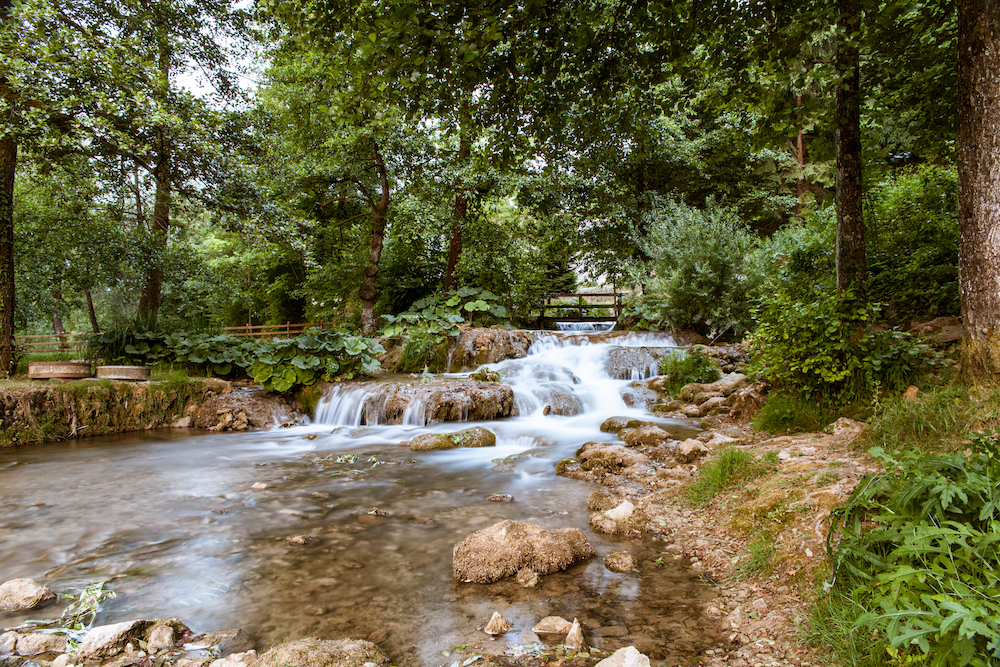
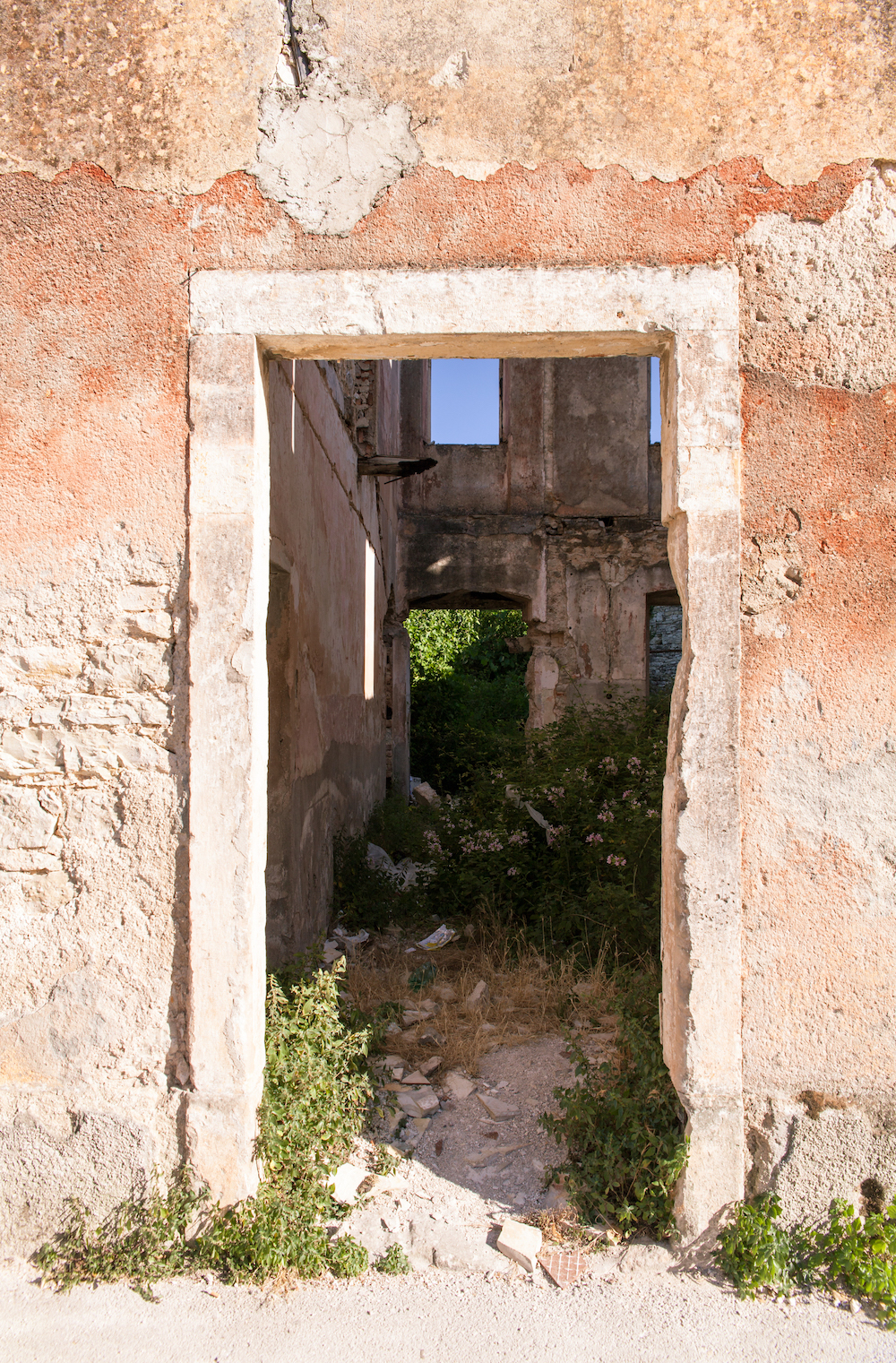

Over thousands of years, cascades and waterfalls have been carved into the limestone landscape by the Sluničica River. As people settled in the area they built their grain-milling town using the water available around them. History is written on the walls here. Indeed, if you’re arriving from the coast or capital, you’ll likely drive through a number of abandoned villages and homes – all scarred by war, heartbreak and stillness.
Known for its authentic wood-shingled homes and cultural traditions, Rastoke is a place you come to relax after the bustle of Zagreb, the thrills of a Croatian coastal adventures, or the crowds that rightly flock to Split and Dubrovnik. You only need half a day here to soak it in and unwind – preferably in the afternoon so you can watch the town go about its day and settle in for a wonderful local dinner. Try the bread they still make with the local grains and river water – it’s been popular for over a hundred years.

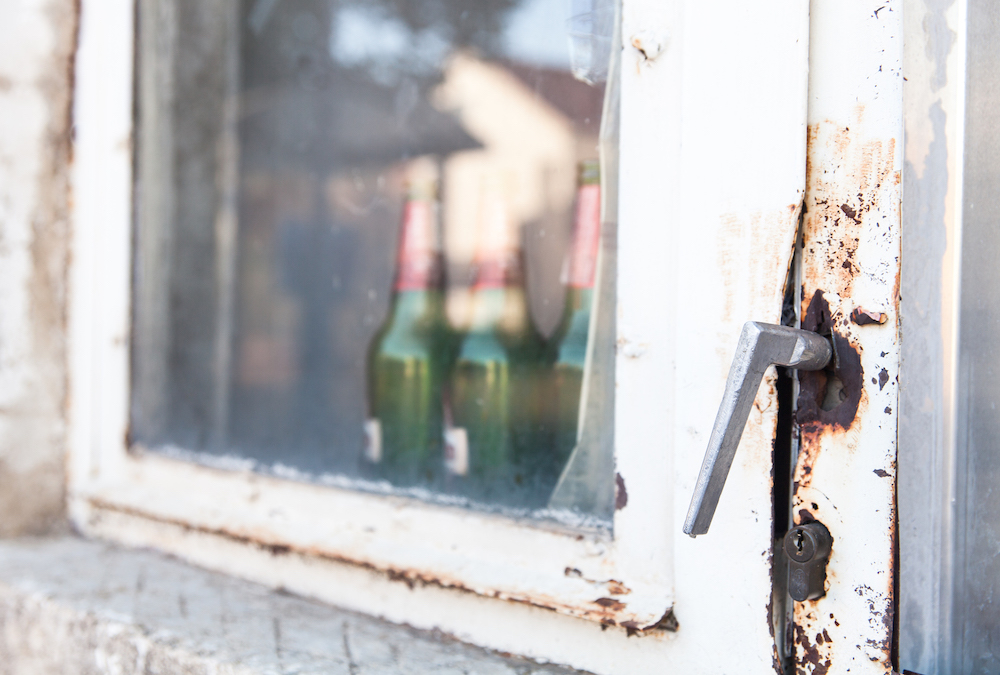

These words and photographs are from Lis Dingjan, the founder of and photographer behind Nowhere & Everywhere, which merges travel and environmentalism. She has visited over 60 countries, actually likes green juices, jumps in every waterfall and thinks we could all spend a little more time on the open road.
Canoe North Adventures
Into The Wild
It feels like a lifetime ago that we created our Canada magazine, but certain memories remain gloriously vivid. Travelling along the Keele River in the Northwest Territories with Canoe North Adventures was an utterly life-changing experience. Not only was it one of those rare chances to venture somewhere truly wild - the sort of place you might assume was impossible to find in our modern world - but it allowed me to meet the most astounding people, hear their stories and physically push myself in the most liberating way. It's been two years since I ventured north ... I think I'm due a return journey.
When travelling through some of the globe’s more remote locations you’re likely to have a moment of clarity. Miles from normality, you feel like you’ve found another world, a place where only your immediate reality matters. For me this happened on the Keele River in the Sahtu Region of the Northwest Territories. I’d been paddling in the bow of a canoe for ten days when, late on a sunny summer evening, the water around me became a reflected mass of rose gold clouds, the perfect mirror of the sky above. With no discernible horizon, it was as if I was travelling through a dreamscape where down was up and up was down; the surreal setting a reminder that in this world there is true, untameable beauty. And to uncover it, I’d recommend travelling north.
Along the Keele River you’ll encounter the kind of landscape they envisioned when they first thought of the sublime. It’s a setting that makes you feel small, dwarfed by the surroundings. There are mountains chiselled away by wind and rain, the last patches of summer snow clinging to their peaks, and marbled cliff faces seemingly painted into the scene. But rather than feeling overwhelmed, you’re honoured. It is difficult to find something so majestic, so much bigger than yourself. And here it is, not all that far from the Arctic Circle, a region where many landmarks remain nameless and a canoe is the most desirable form of transportation.
Copies of our Canada magazine are still available to buy here.
Island Life
Hot springs, forests, sea cliffs and crater lakes - the allure of the Azores.
Words and Photographs by Emma Lavelle
Earlier this year, my feet began to itch and I found myself desperate to explore somewhere a little off the beaten track. My previous summer’s adventures in Iceland were still fresh in my memory and I craved empty roads, isolated hot springs and dramatic landscapes. With the budget tight I spent days searching for European destinations that offered everything I needed - and then I saw a friend's Instagram photo and knew instantly where I was heading: the Azores.
If you haven’t come across this island chain before, I'm not surprised. Situated smack bang in the middle of the Atlantic, over two hours by plane from Portugal, they’re pretty isolated. As hopping between individual islands isn’t exactly cheap (or easy) I concentrated on the largest isle, São Miguel. The perfect juxtaposition of the geothermal landscapes of Iceland and a tropical, Lost World paradise, São Miguel appears like a mirage in the grey Atlantic. Filled with cloud-covered peaks, hot springs, dense greenery and waterfalls, it's like nowhere else in Europe.
Hiring a car, my boyfriend and I based ourselves in the capital, Ponta Delgada, and split the island into easily digestible chunks to be explored over four days. Our adventures began in the island's west, driving up steep roads in search of the elusive views of the Sete Cidades Lakes. Elusive because of the relentless mist, not for the lack of places to pull over and admire the scene. The twin lakes lie in a gigantic volcanic crater and local legend says that they were formed from the tears of a blue-eyed princess and her green-eyed lover, shed when her father would not allow them to marry. On a clear day, the lakes do indeed appear to be different colours, despite actually being one body of water divided by a road. Also worth admiring is Vista do Rei, where the ruins of a brutalist concrete hotel greets you through the mist. Then there's the utterly sublime Boca do Inferno viewpoint, where the view of the crater, lakes and coastline in the distance is nothing short of spectacular.
A short journey from the lakes takes you to one of the island's most alluring hot springs, Ponta da Ferraria, which is the only São Miguel hot spring found in the sea. A pink path leads first to a modernist changing hut, then down to a black volcanic beach where a ladder descends into a rock pool. As waves crash into the pool, visitors can hold a rope to steady themselves, enjoying the change in temperature as cold water rushes in to meet the warm.
Looking for the perfect end to a day exploring the west of the island? Visit the small coastal town of Mosteiro to feast on the seafood that São Miguel is famed for. My top tip: always order the octopus.
We also make a stop at Furnas, a geothermal town situated inside a volcanic crater. There are two areas boasting hot springs here - Poça da Dona Beija offers a series of small, relaxing natural jacuzzis, but it’s Parque Terra Nostra that shouldn’t be missed. Situated inside these majestic tropical gardens is a huge yellow-hued geothermal lake perfect for swimming. Furnas also offers a collection of smouldering caldeiras and anyone interested in local cuisine should head to the lake to see how traditional stew is made by burying pots underground for several hours. The earth steams here and the smell of sulphur seems to rise up into the thick mist enveloping the mountains above.
The final hot springs of São Miguel are found at the protected Caldeira Velha, where you must venture along a harrowing road and wander through thick tropical forest to reach the pools. Climb the hill to find a couple of small wooden changing huts before plunging, admiring a small waterfall trickling down from the cliff above.
Across the island lie a network of hiking trails; those that snake along the numerous crater lakes are perhaps the most dramatic but don’t underestimate how strenuous these routes can be. If you prefer to admire the scenery from the comfort of a car, the drive along the coastal road that winds along the east coast is unmissable. Perhaps the most perilous and slowest road to navigate on São Miguel, the views of the ocean and towering cliffs are as dramatic as they get.
How to end a trip to São Miguel? Whale watching was at the top of our agenda but, alas, high winds thwarted our plans. If you visit during calmer weather conditions don’t miss a chance to take to the sea as these Atlantic islands are one of the best places in the world to spot a wide array of cetacean species including sperm whales, blue whales and dolphins. Other highlights for landlubbers include visiting the tea and pineapple and plantations, the latter featuring on almost all of the island's restaurant menus.
São Miguel is like nowhere else in Europe. Hot springs, luscious forests, towering cliffs, crater lakes, tea plantations and cascading waterfalls all collide to create an otherworldly landscape. My advice? Take a punt on an island not yet on the tourist trail - for there’s something rather magical about having a hot spring in the forest all to yourself.
Be sure to check out more of Emma's work here
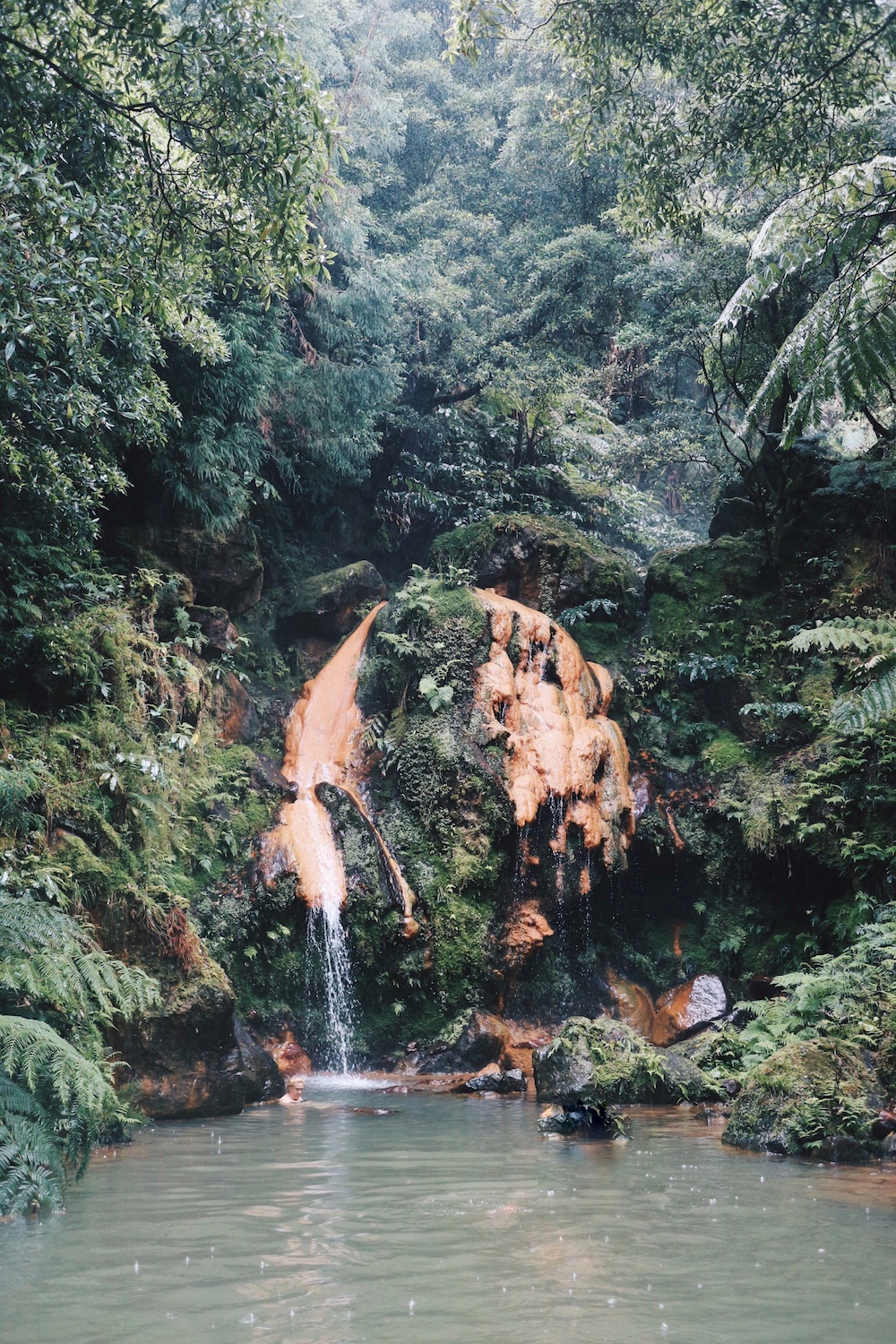

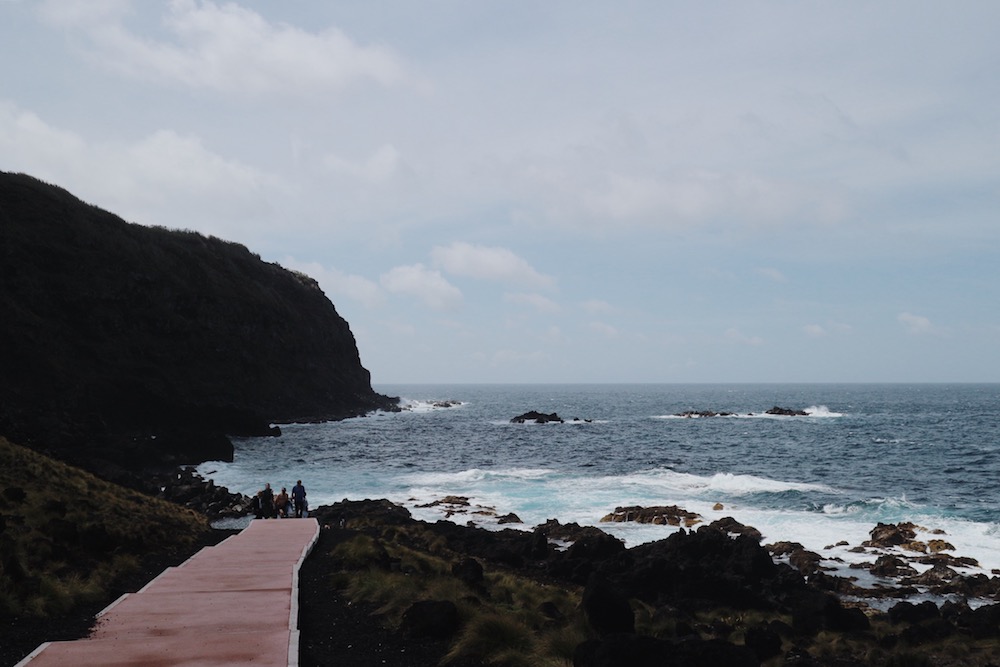
Spanish Shapes
Letting pictures say 1,000 words.
It may be an utter cliche but, well, it's true - photos really do say 1,000 words. We thought that with this post we'd keep things simple and let the photographs of Tom Bunning speak for themselves and, while the combination may seem odd (Andalsuian ponies and the roads of Mallorca), we clearly just have a thing for Spanish shapes. You can see more of Tom's work here - and in the pages of Lodestars Anthology of course!

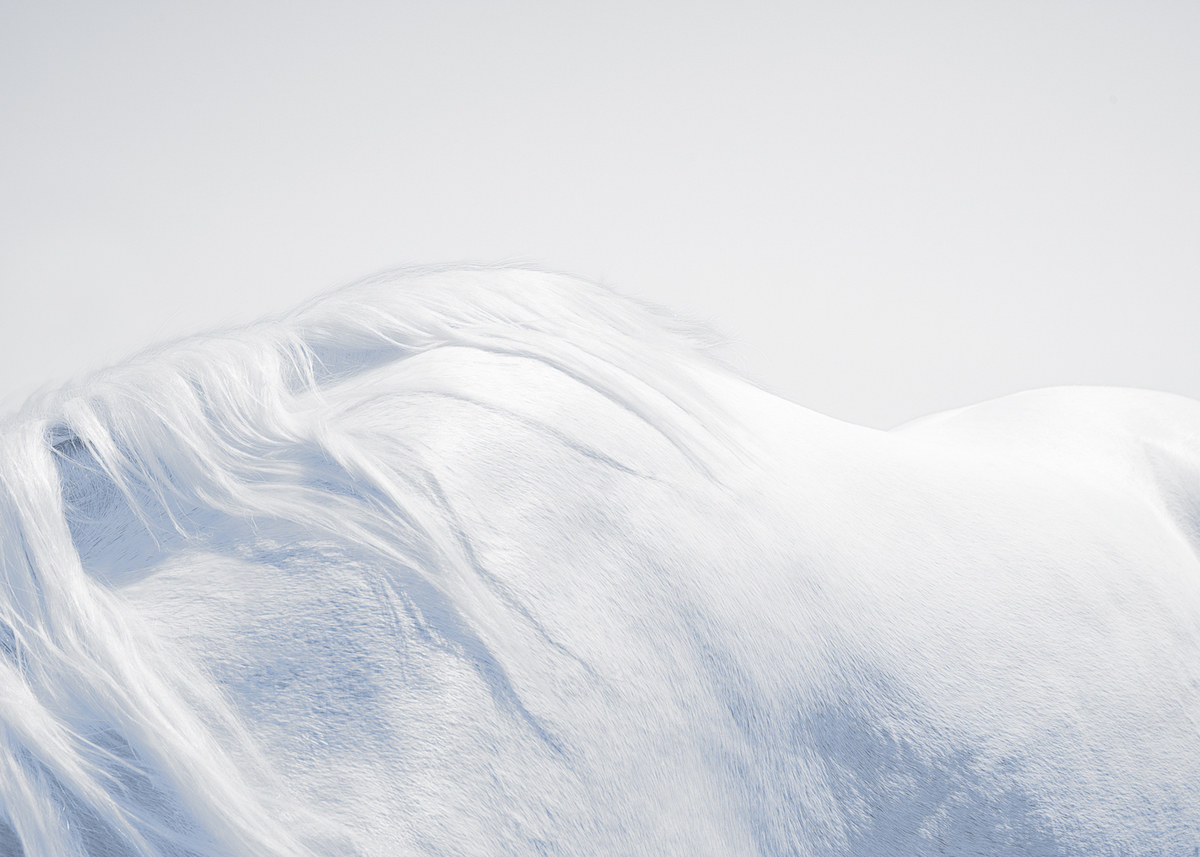

"Keep close to Nature's heart ... and break clear away, once in awhile, and climb a mountain or spend a week in the woods. Wash your spirit clean." John Muir
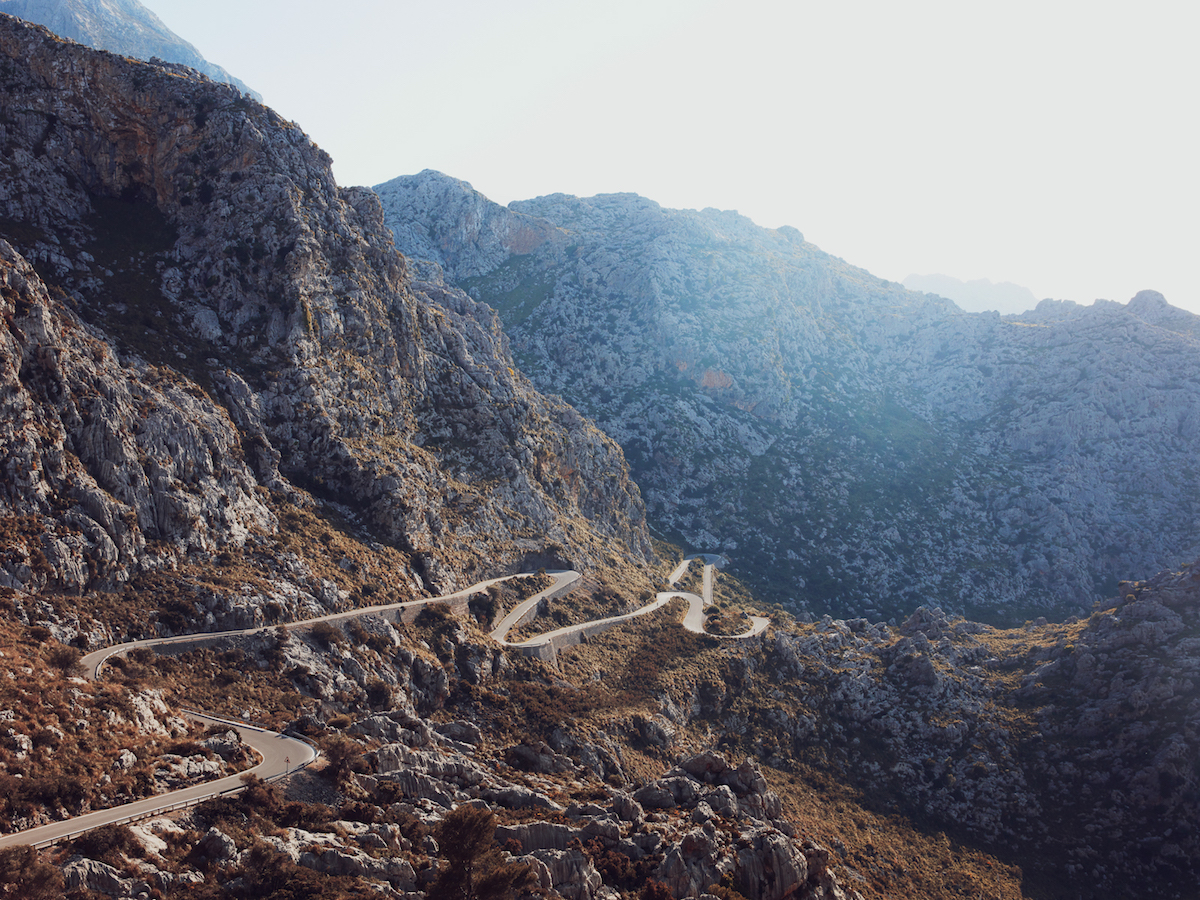


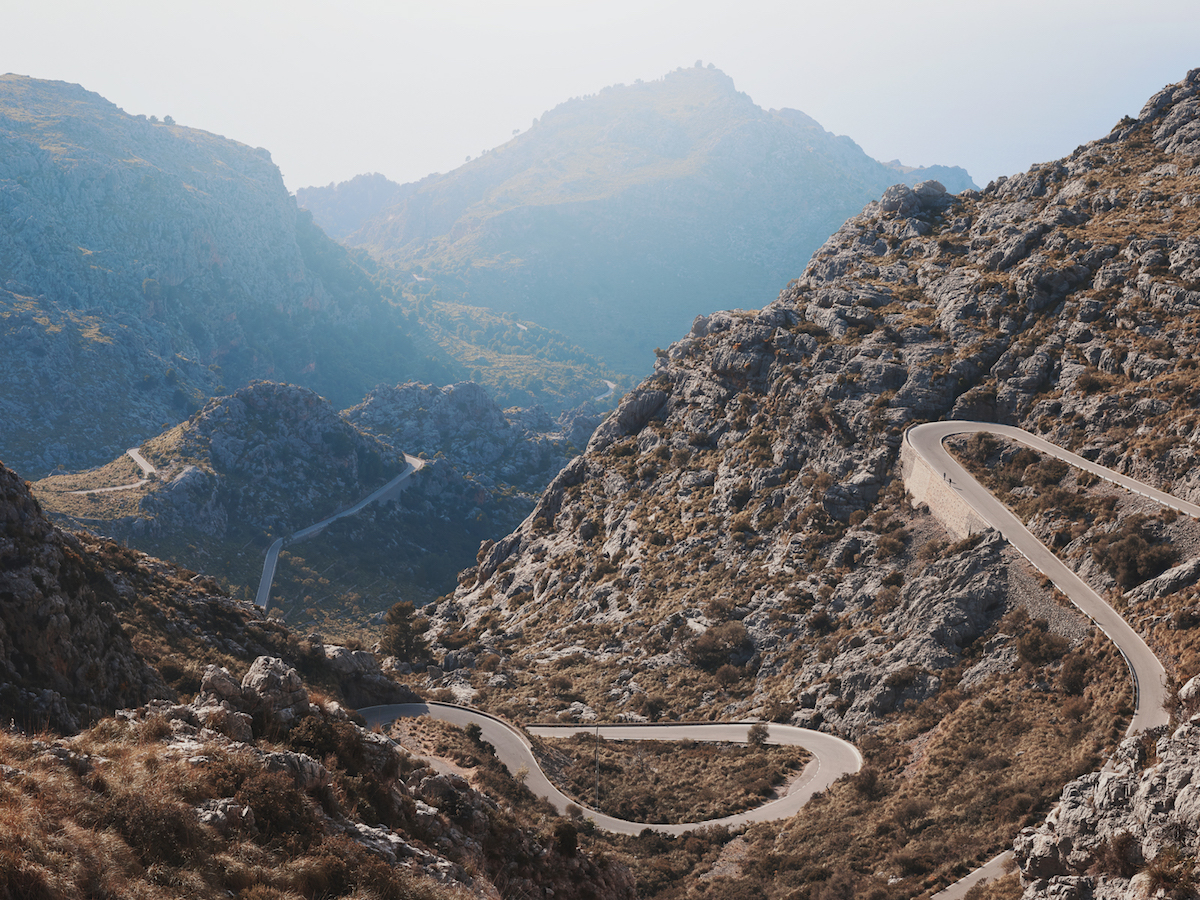

For more of Tom's work visit www.tombunning.com.
Mount Takao
Seeking Japan's mountain spirits.
Photo essay by Lucy Saunders.
The climb up Mount Takao offered a beautiful escape from the 36 degree heat of Tokyo (when people say summer in Japan can be humid, they're not lying) and the surrounding trees (illuminated as they were by dappled sunlight) provided welcome patches of shade. That said, even at this height the heat was blistering - which no doubt played a part in making the mountainside appear entirely isolated. It felt peaceful, almost timeless. There was a quietness that felt worlds away from the bustling city I had left only hours before.
I saw in the distance, swooping in the trees, a swish of white, like some mountain spirit celebrating the sun. Bug catchers were dancing around the tree trunks with their nets, sliding down the steep mountain slopes or clinging to branches as if it were second nature. I watched them for hours, enthralled by their agility, and they paused to show me their collections - beetles, butterflies, cicadas and moths presented in carefully selected boxes, handled with the upmost care.


There was something particularly beautiful about being in such a treasured, spiritual place and watching locals move through the setting as if it were entirely their own. Everyone I spoke to seemed to know one tree species from another, the name of each insect, where they sleep and exactly how to hold and care for them. They were also careful to ensure that they gave something back to the land each time it was kind enough to bestow a treasure upon them. Shrines and temples were found along my walk up Mount Takao and at each you could stop to pray - following the advice of smiling locals - taking part in an ancient Shinto practice that felt as old as these mountains.


Shintoism is Japan's indigenous religion - one that, rather than following a set ruler or doctrine, focuses on the concepts of purity and respect. There is a deep admiration for nature and its power, with the natural world being the domain of kami, deities that can take almost any form and add a sense of order to our somewhat chaotic world. They may be in a tree, stream or the mist itself.


These spirits watch over the humans of the city below, as they always have. And although it may seem to be a strange concept at first, when you sit and embrace these surroundings you can't help but sense that nature is somehow watching out for you. Being in a natural location this powerful had a very interesting effect. You come to appreciate your place in the world anew. Indeed, even when I descended Mount Takao and returned to the man-made brilliance of Tokyo I couldn't help but notice little pockets of natural beauty and, pausing to acknowledge their power, found that Japan felt more and more like home.
You can see more of Lucy's work on her website: www.lucy-janephotography.com or over on Instagram @lucyjanesaunders.



Lodestars Anthology Japan
Introducing the latest addition to the Lodestars Anthology travelling family ... Japan! This issue has now sold out.
Journey to Japan and discover a land of tea and tropics, wabi-sabi and wonder. A place where symbolism abounds and nothing is without purpose. For here you’ll find an ancient and powerful landscape that has shaped history yet still dictates the rhythms of modern life. There are illuminated capitals and pockets of untouched wilderness, both marked by a deep sense of spirituality. Art flourishes, design inspires and others come first. May the light never dim on the Land of the Rising Sun.
None is travelling
Here along this way but I
This autumn evening
Matsuo Bashō
In Iceland - the Water and the Sky
Photographs by Tom Bunning In winter our thoughts turn to candlelit rooms and warming fires. But Tom Bunning's photography reminds us that the cold comes in many guises and draws our gaze to Icelandic landscapes - the waterfalls, the birds wheeling under eggshell blue skies and the endless snowbound vistas. Be warned though, if you venture out into the cold, you may not come back again...


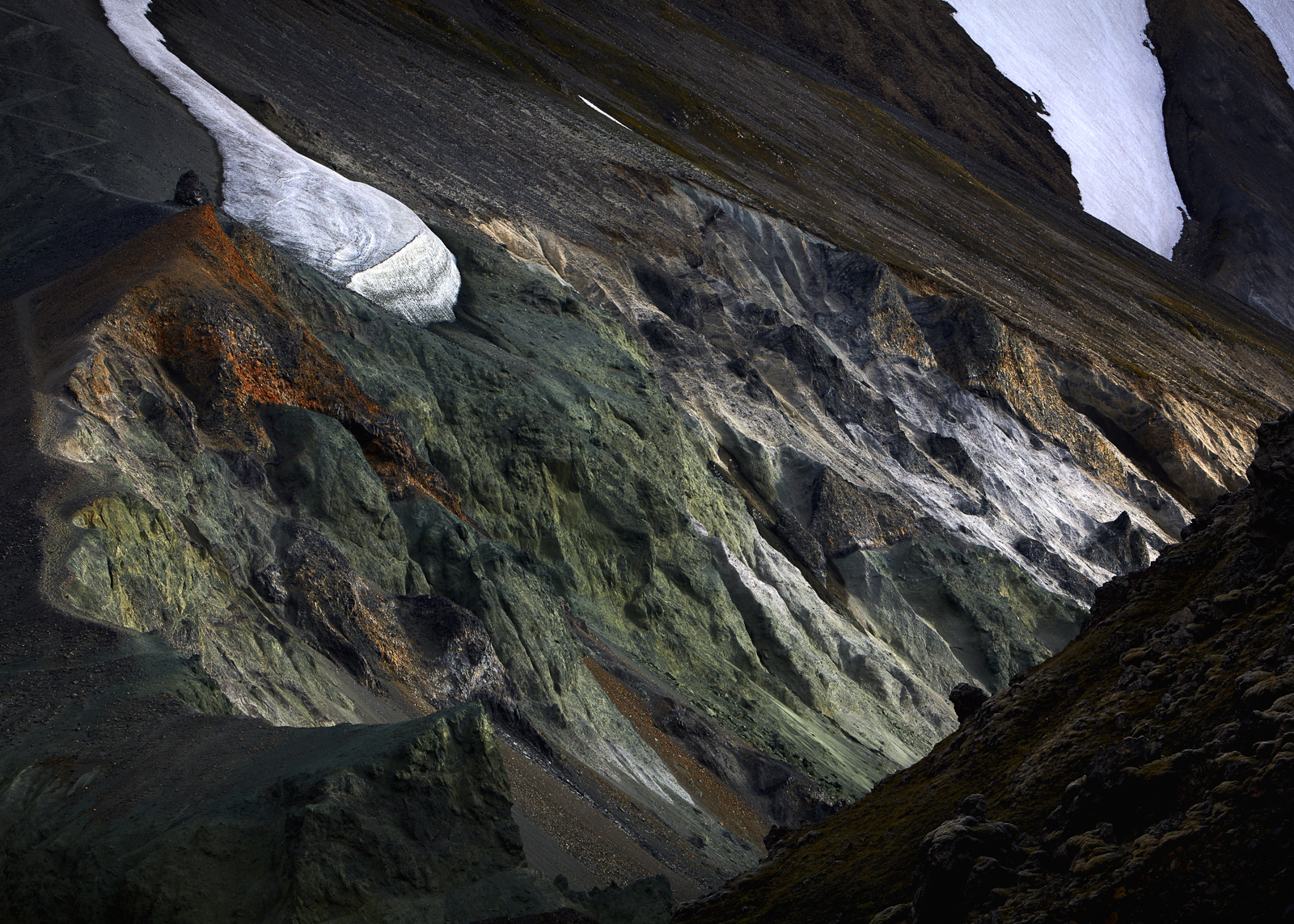


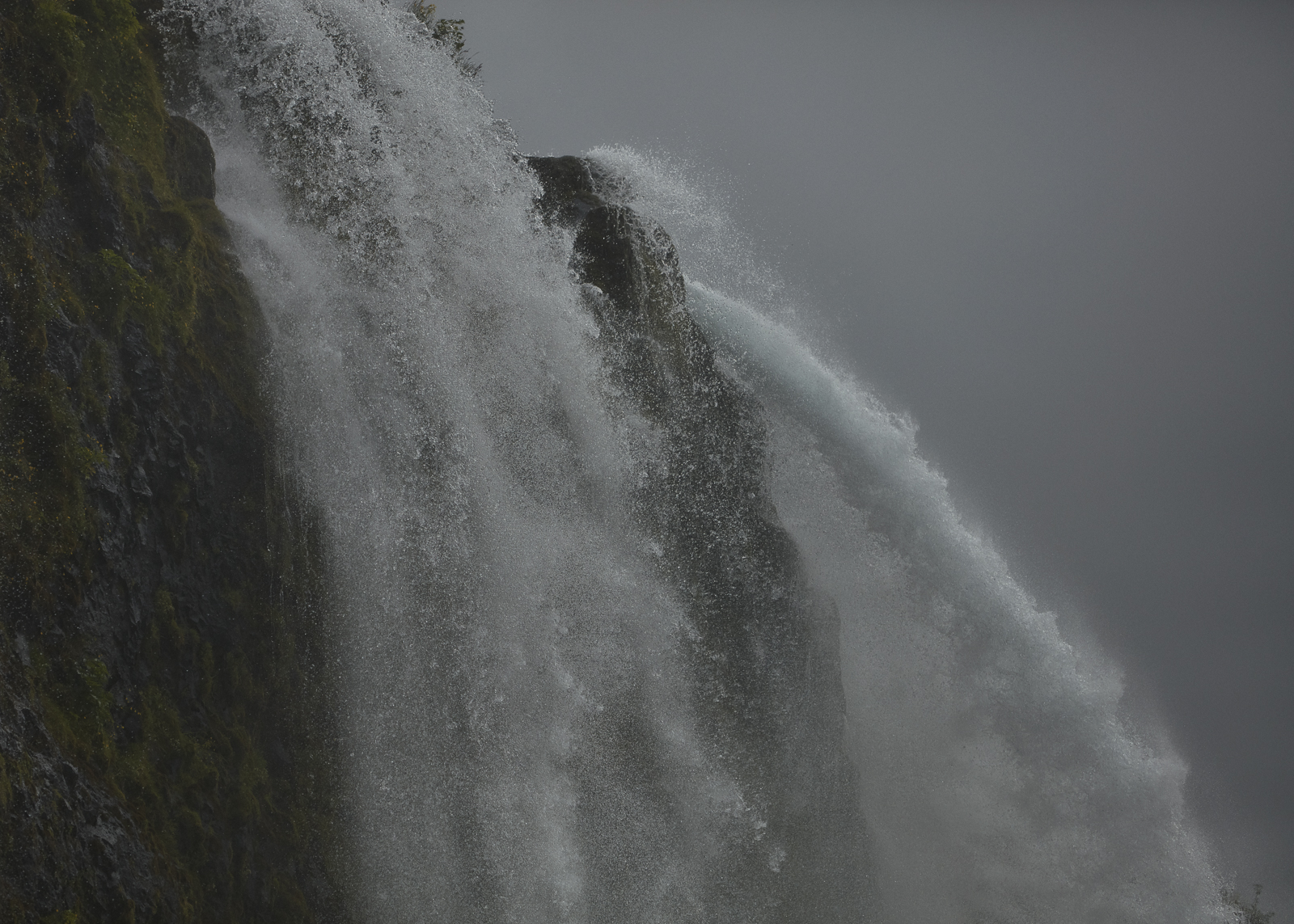
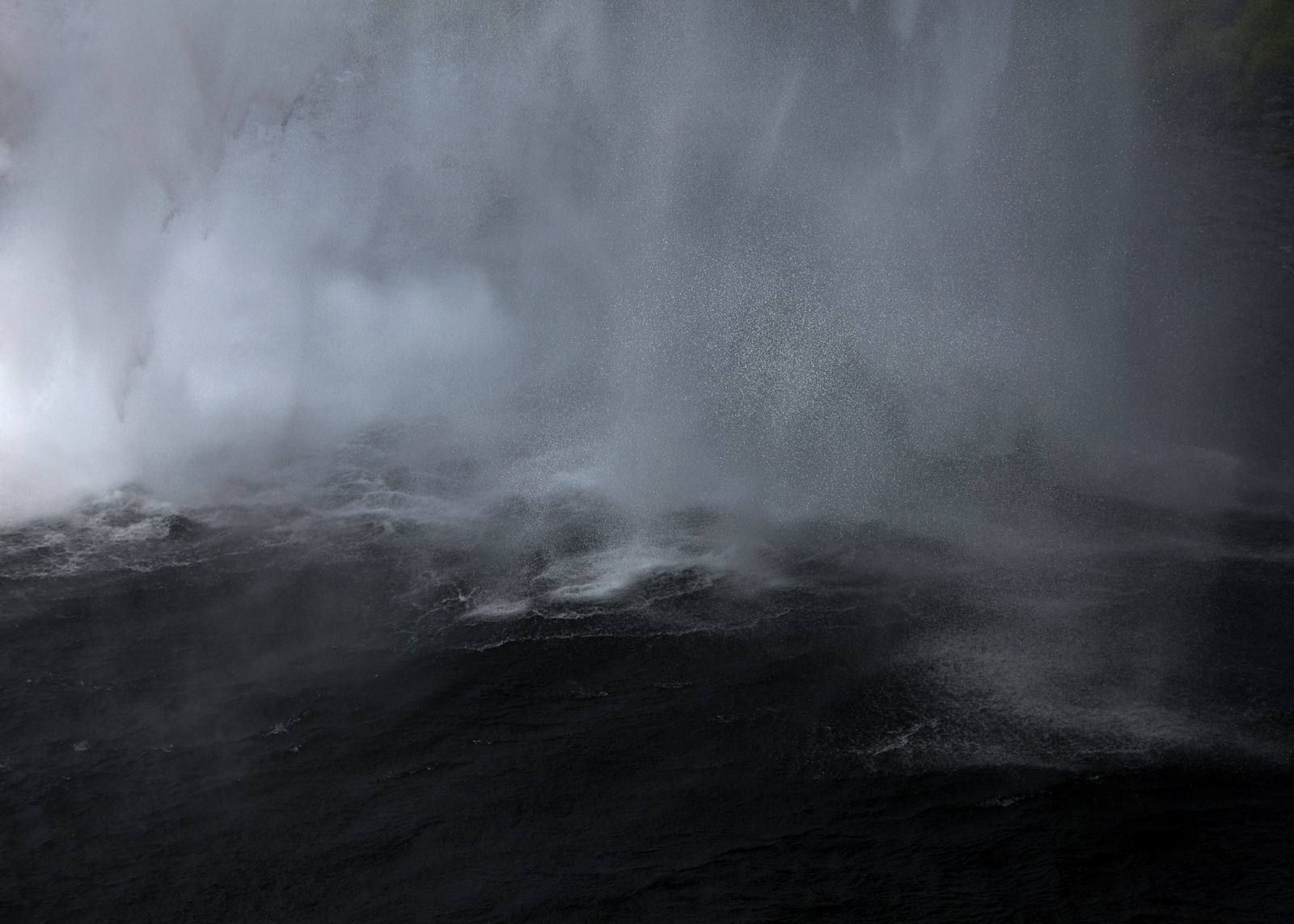

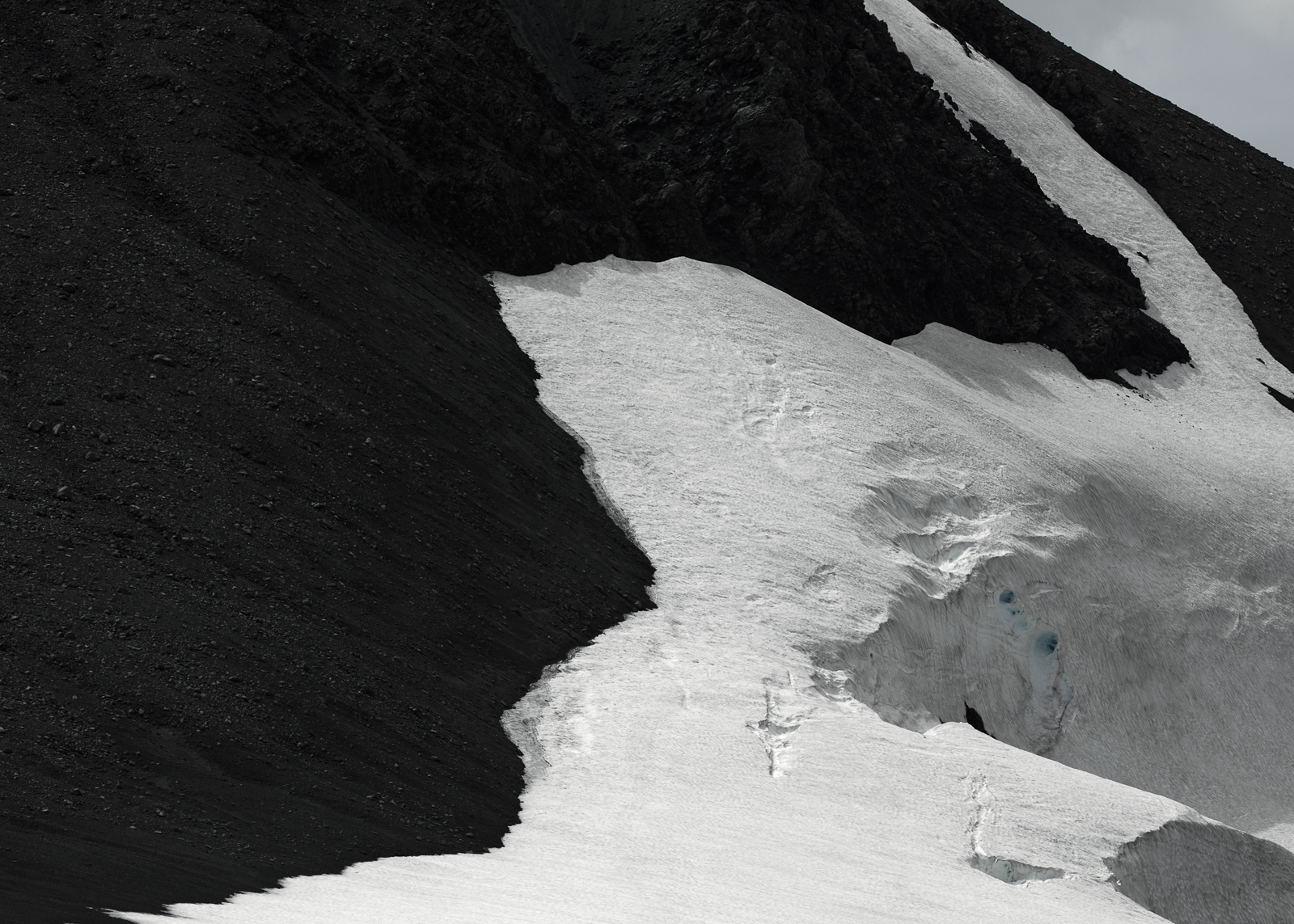
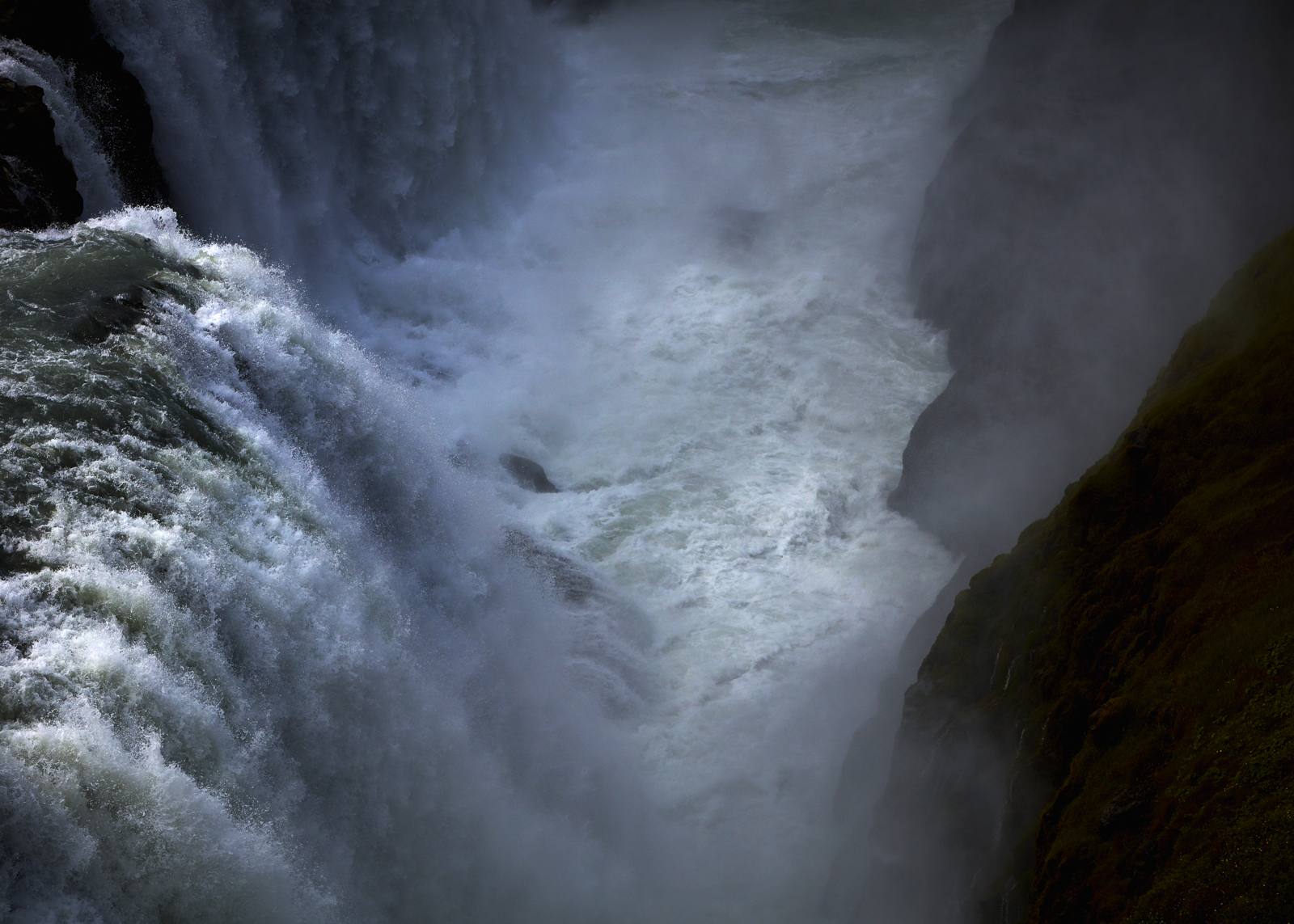





























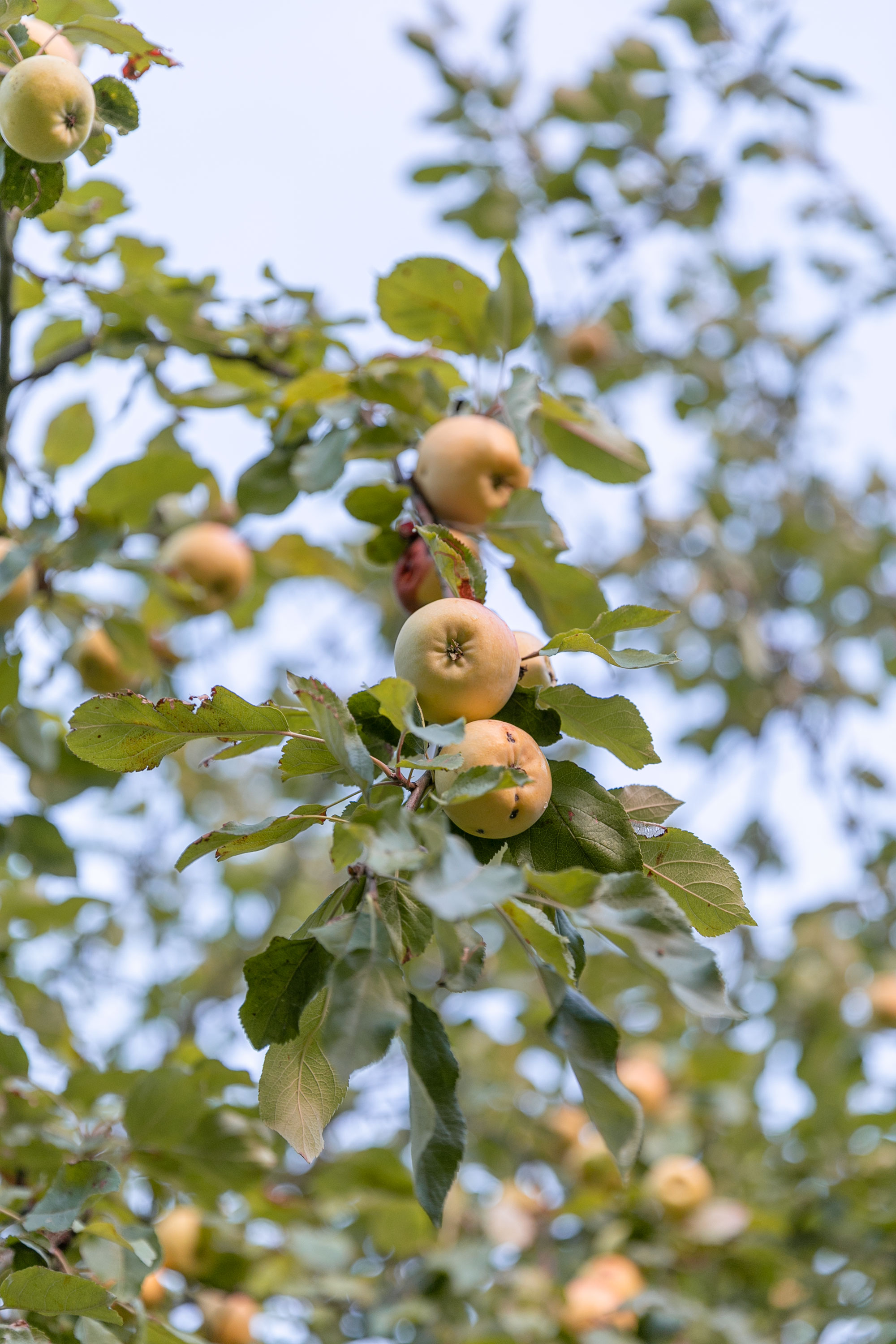












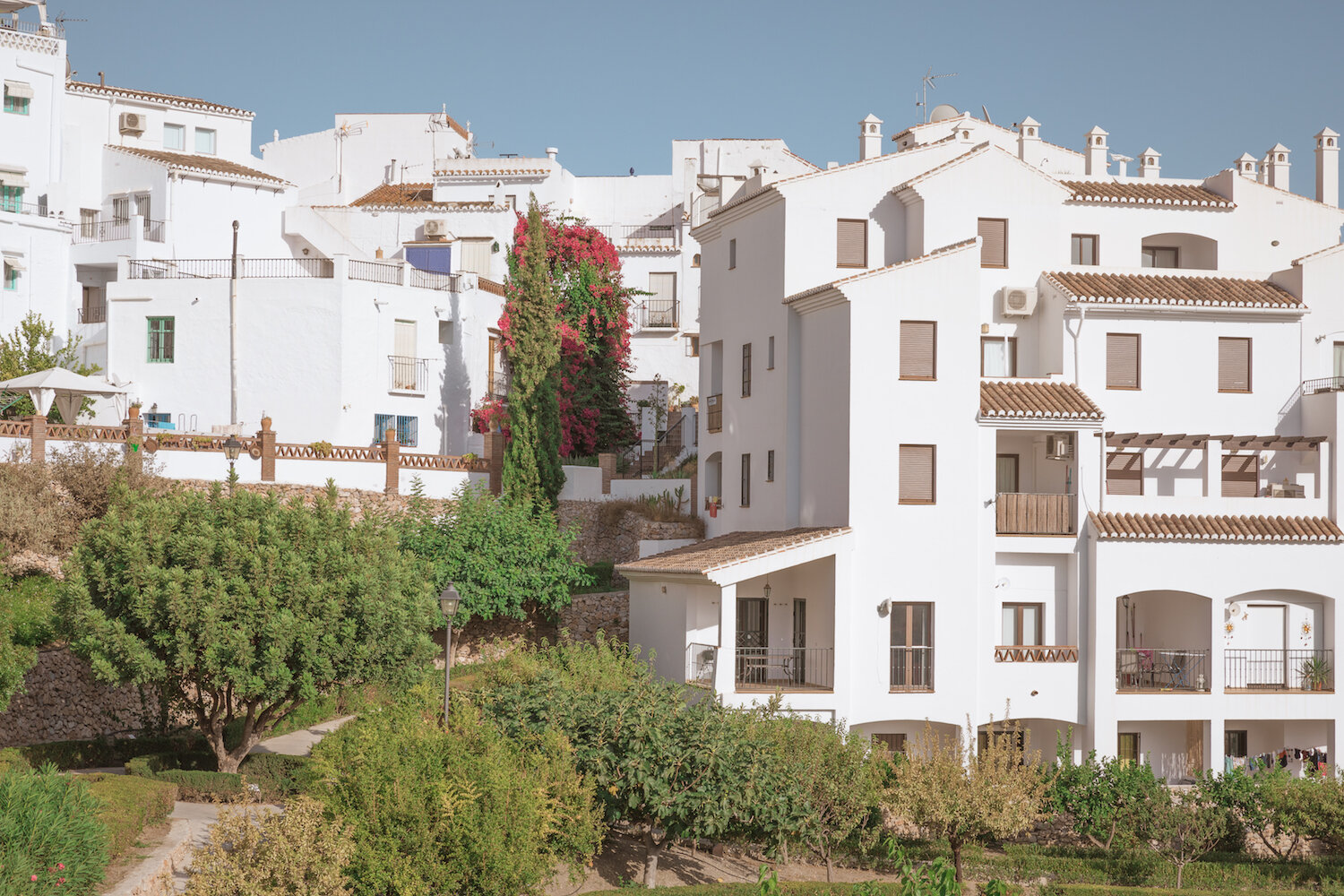





























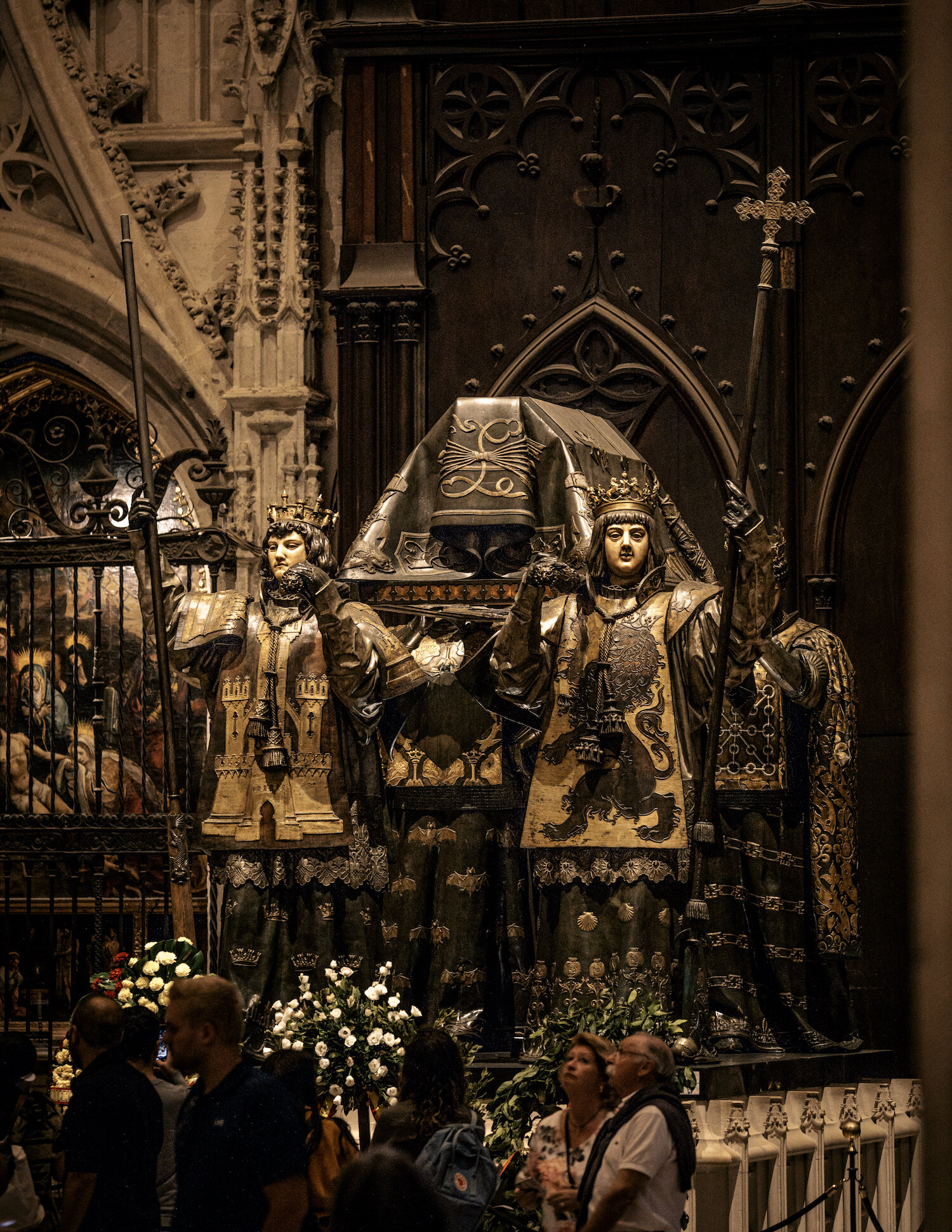





















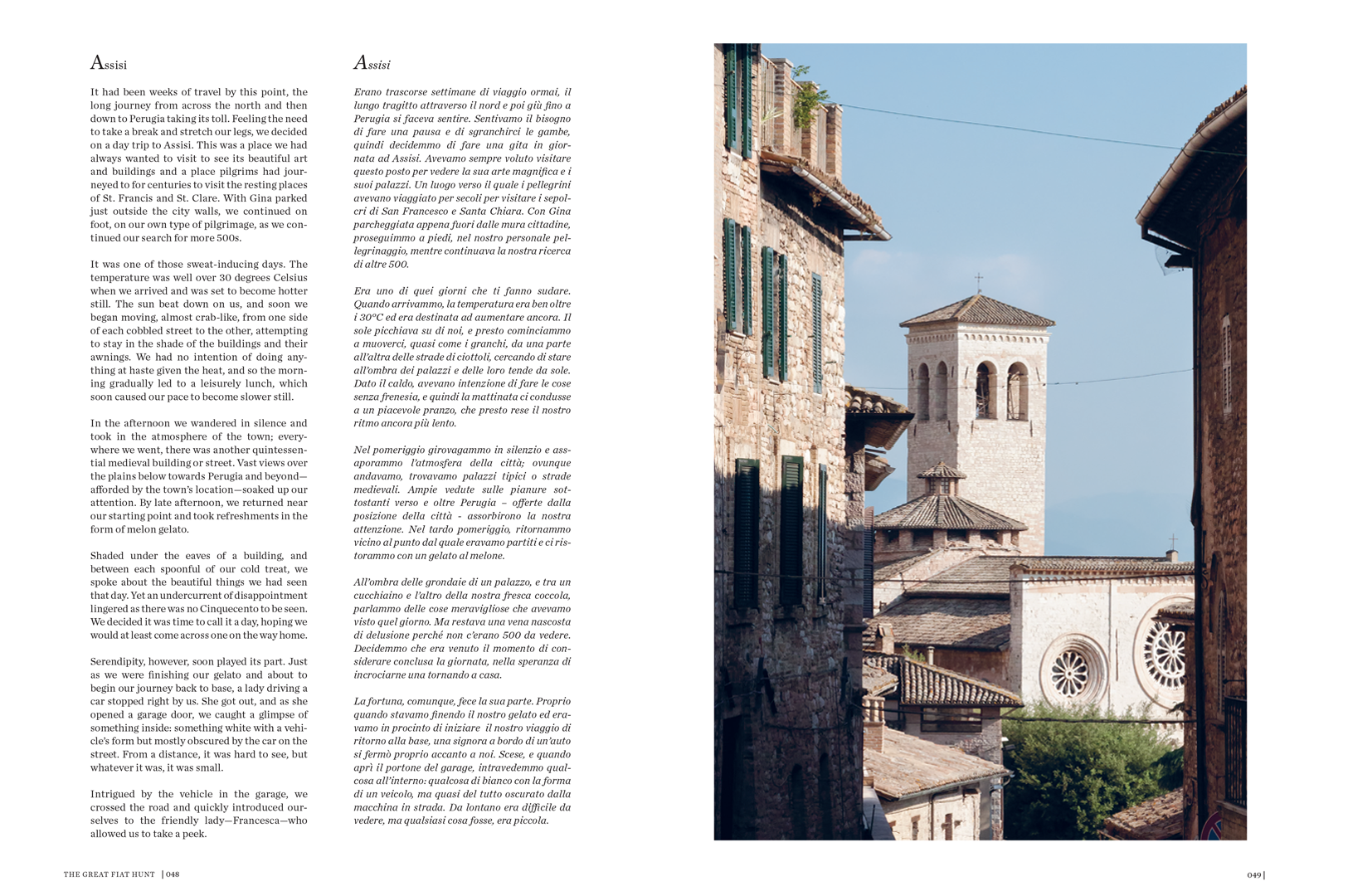







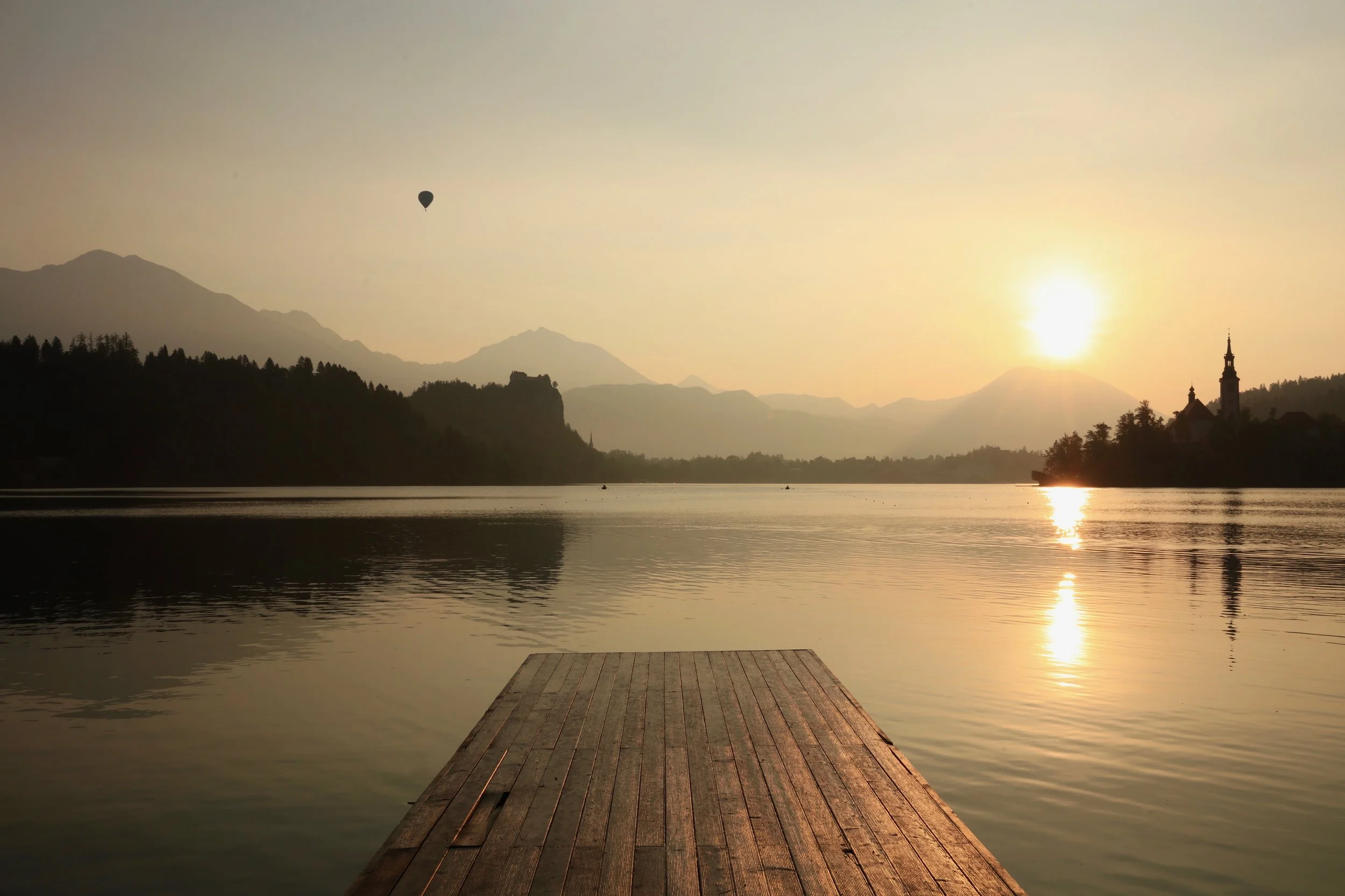























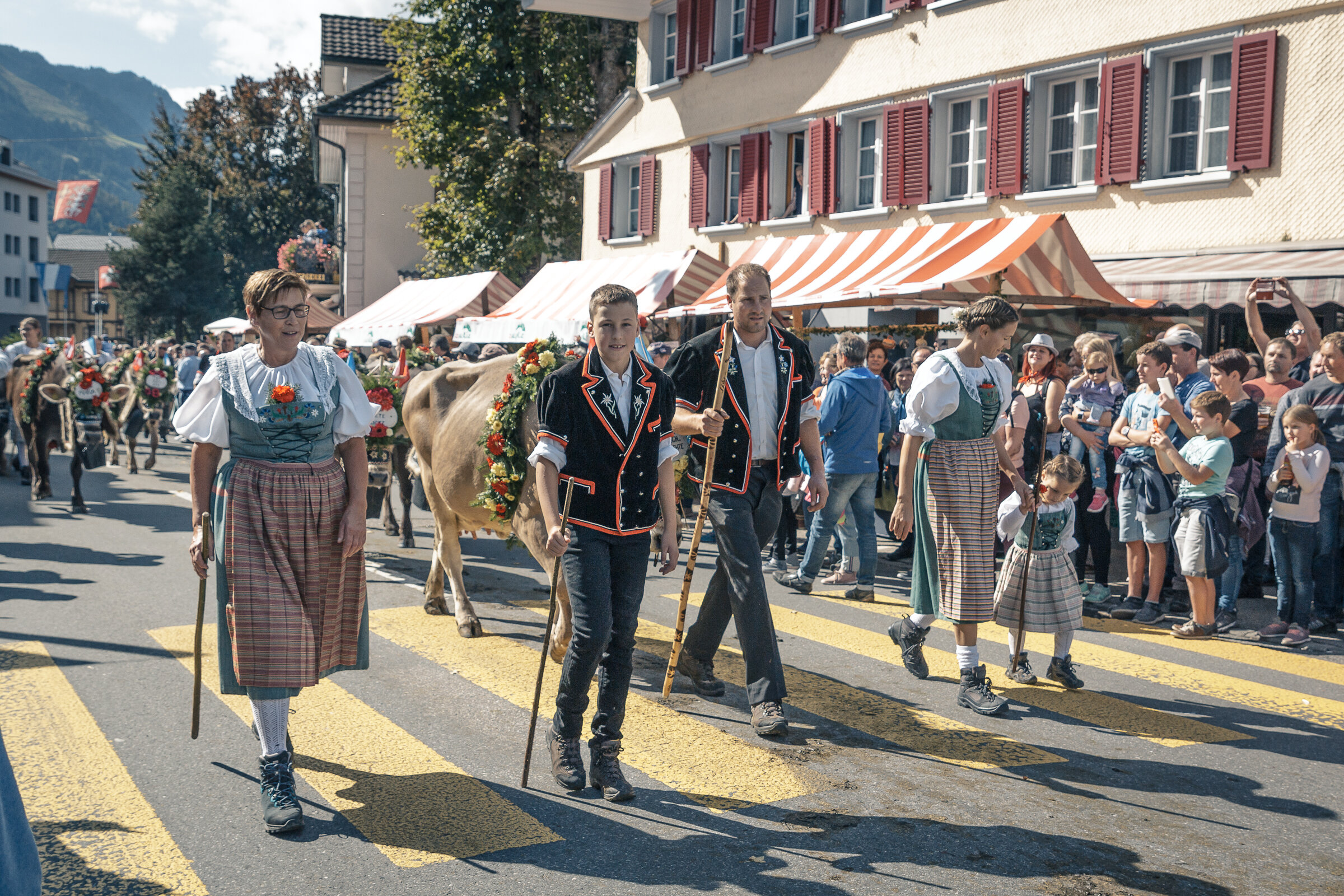



















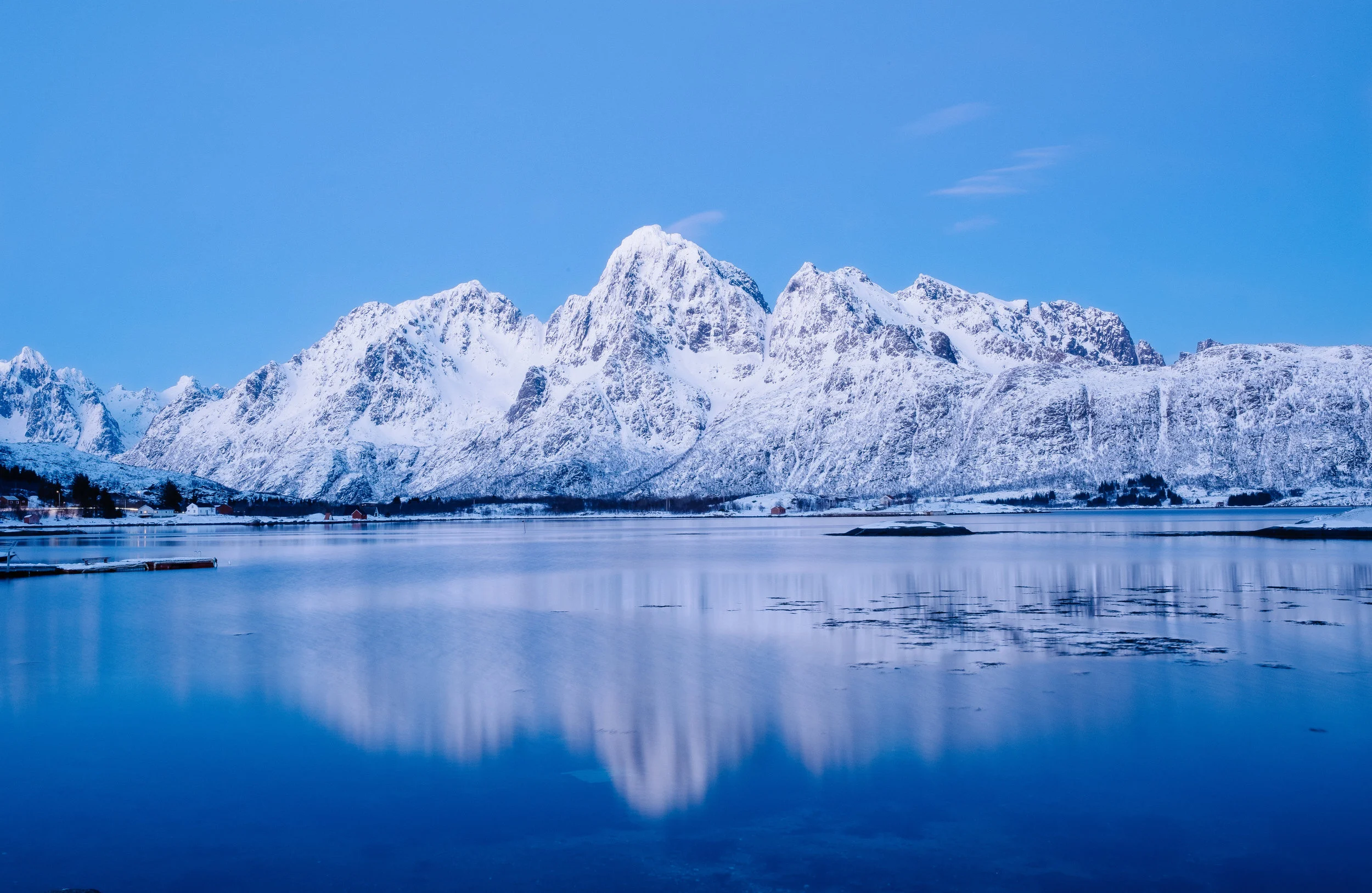































































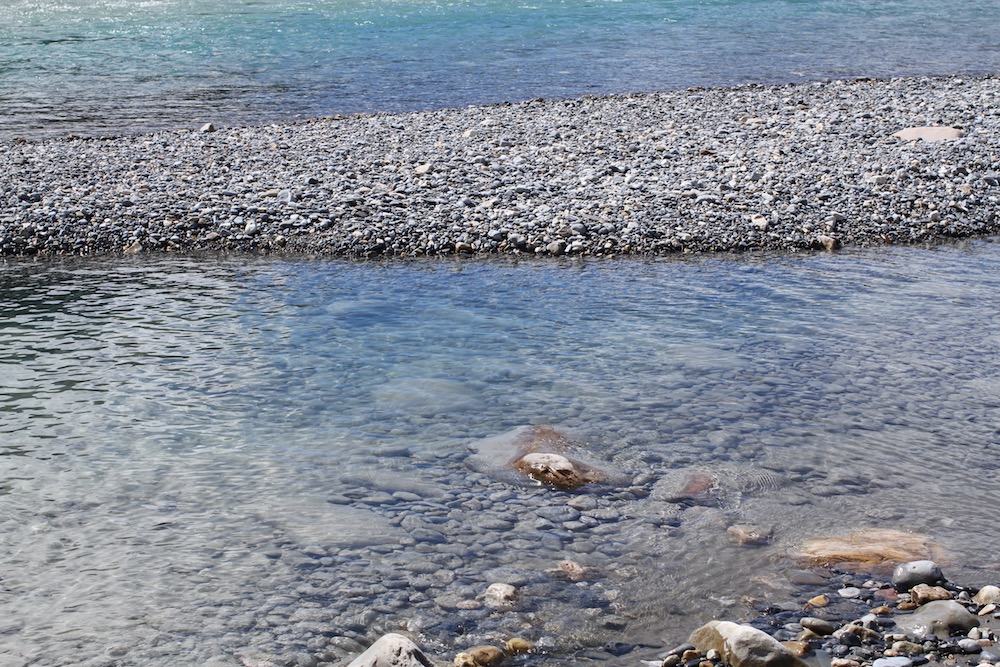
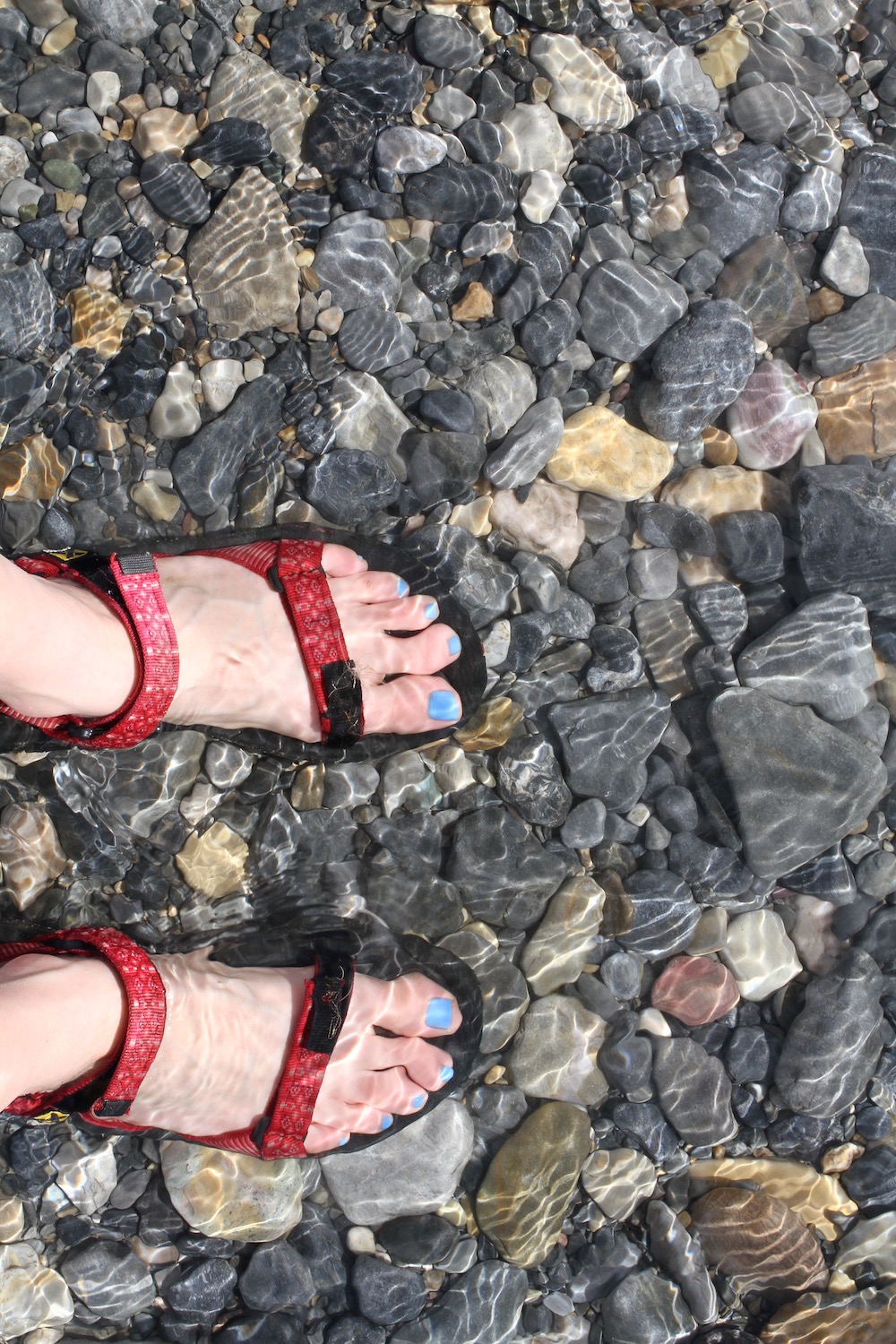

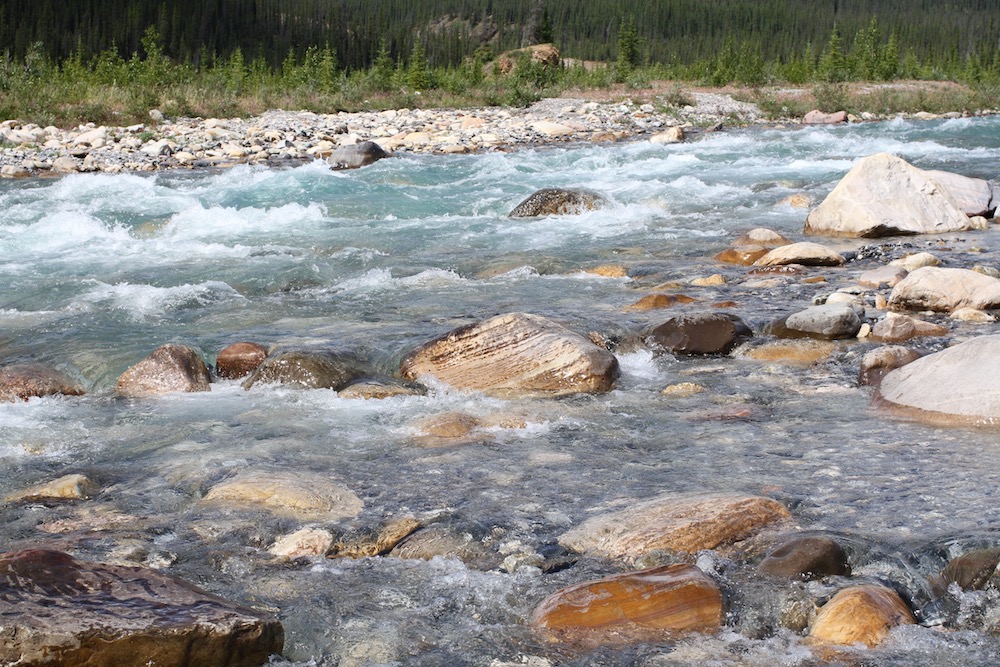


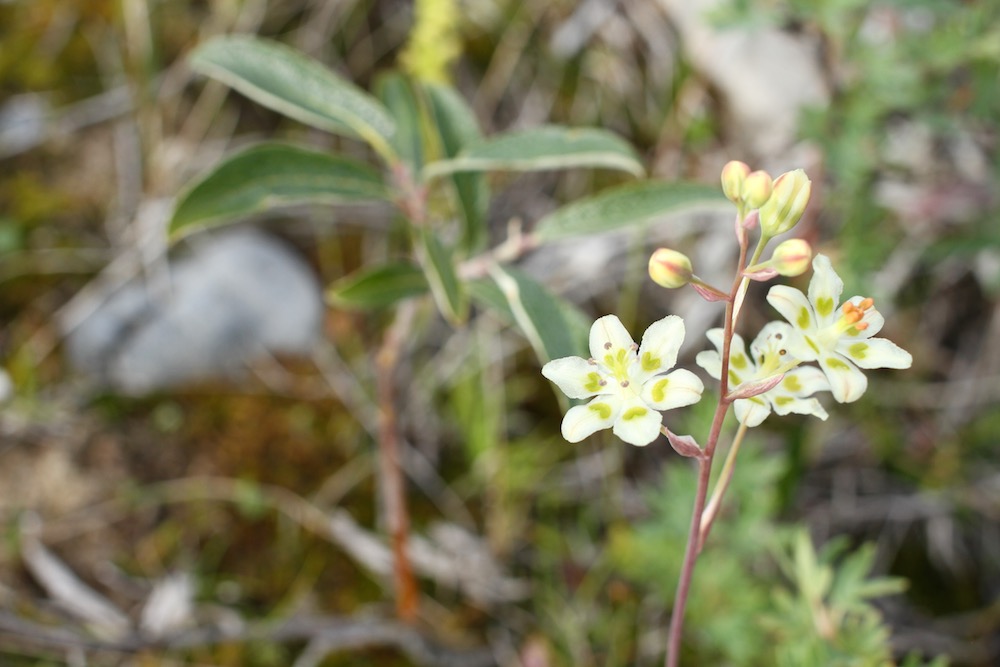
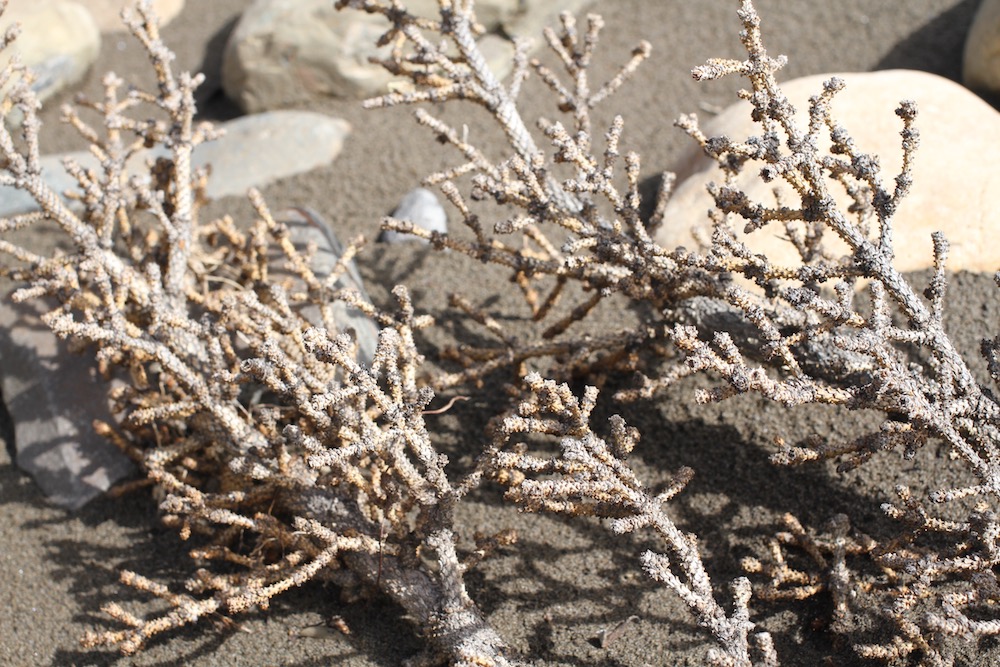


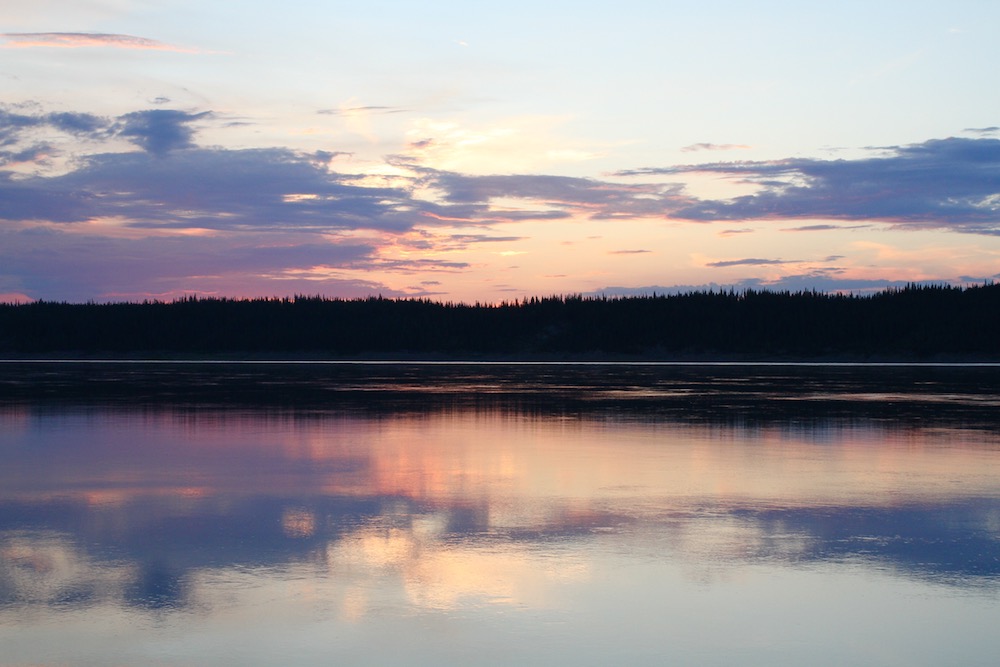
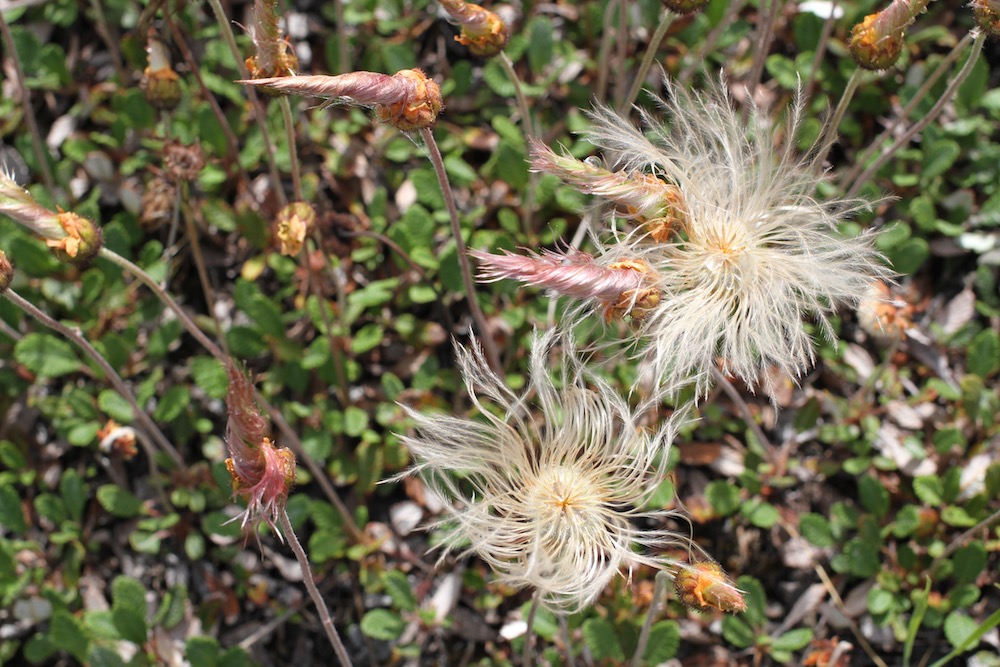
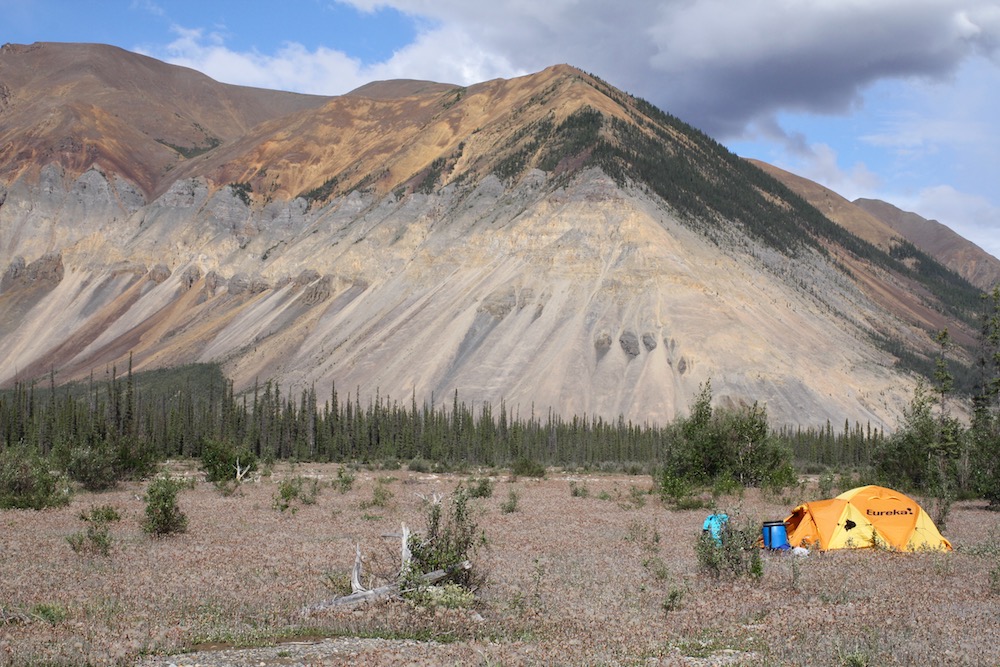
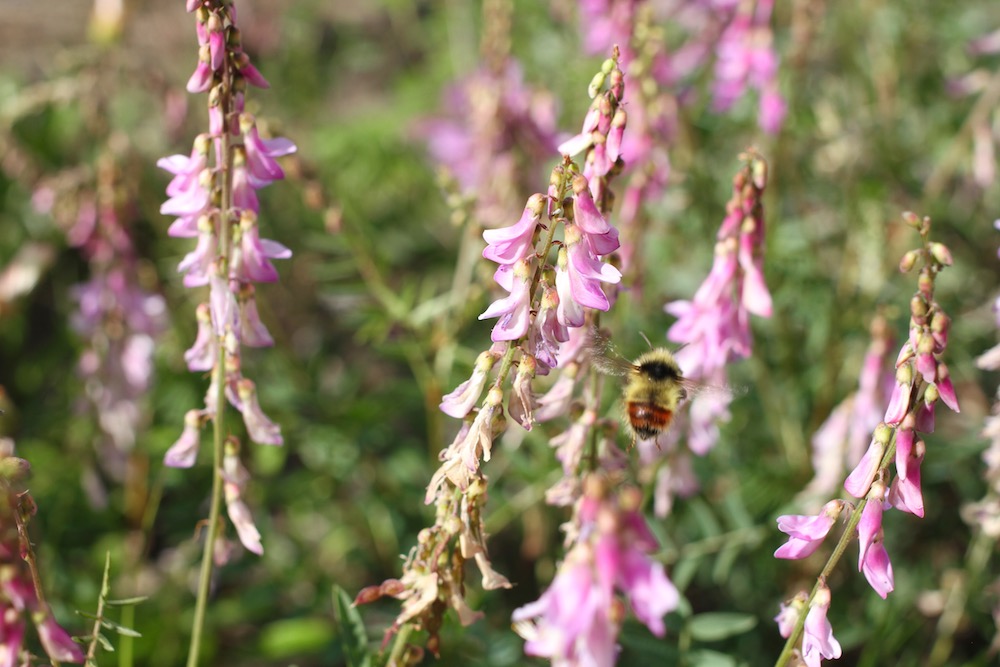
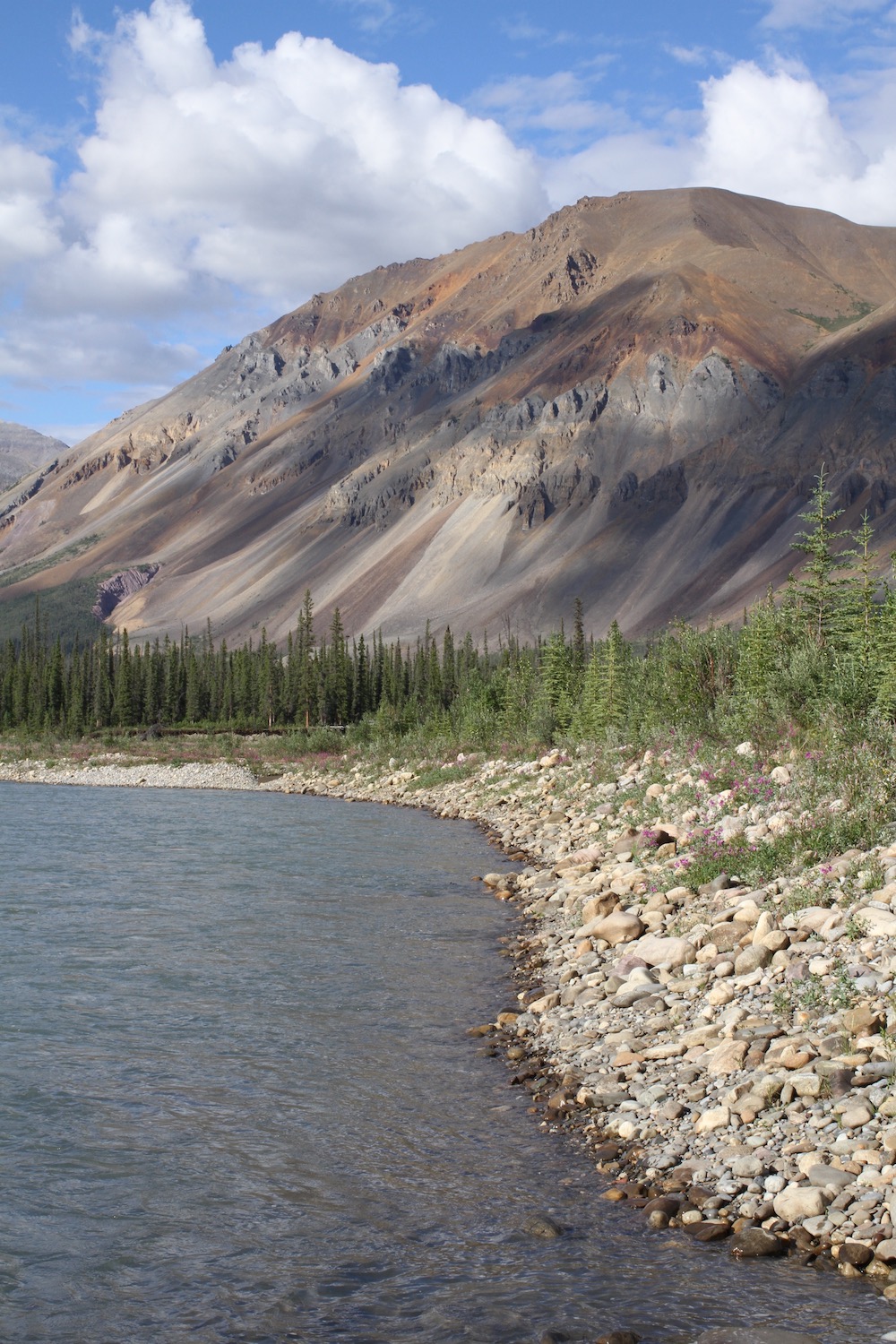

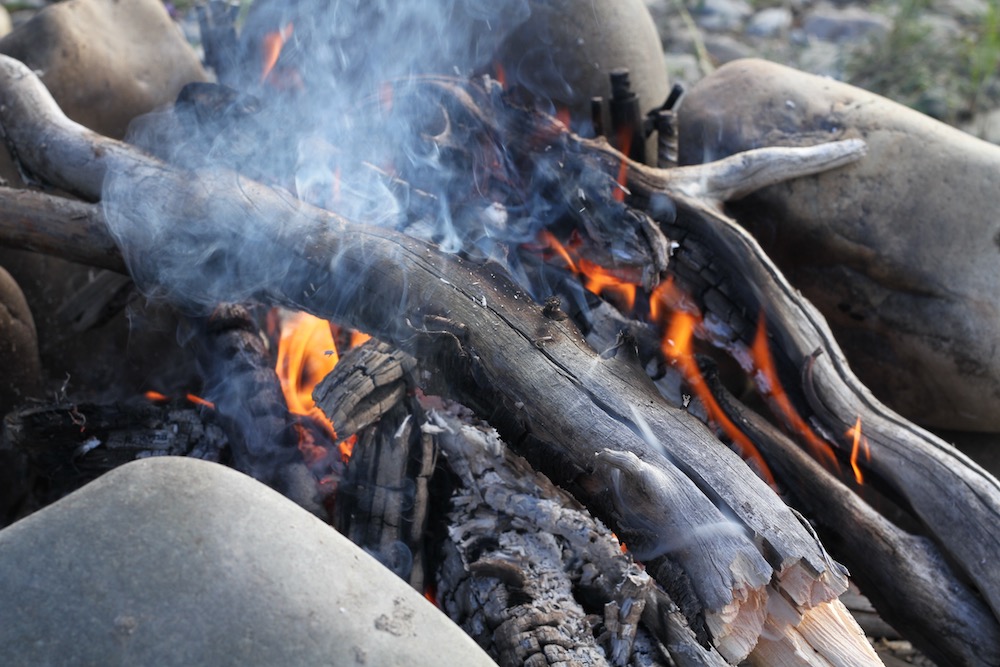
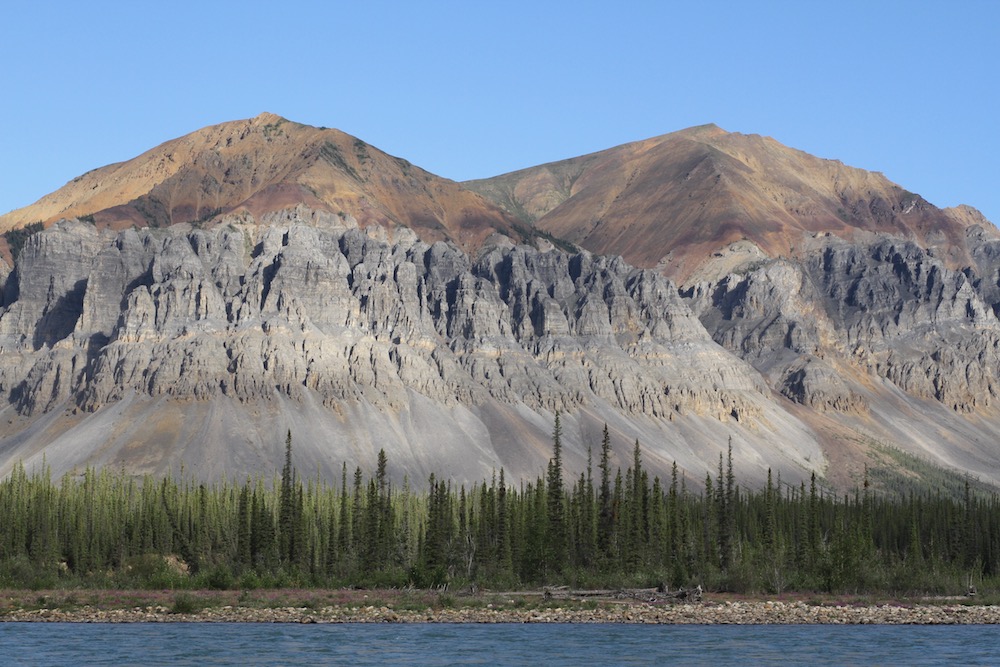
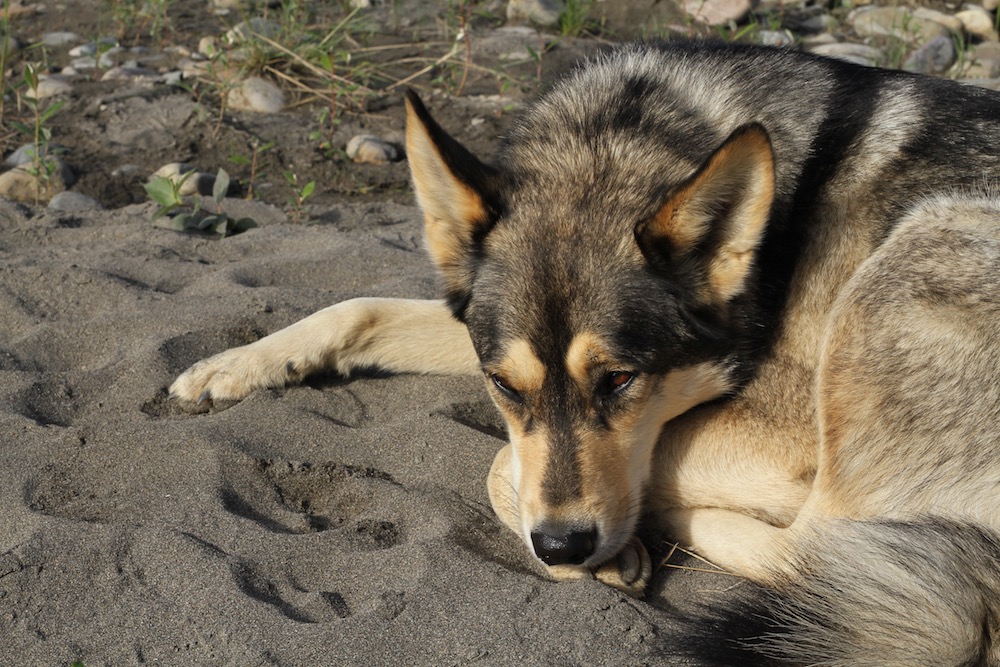
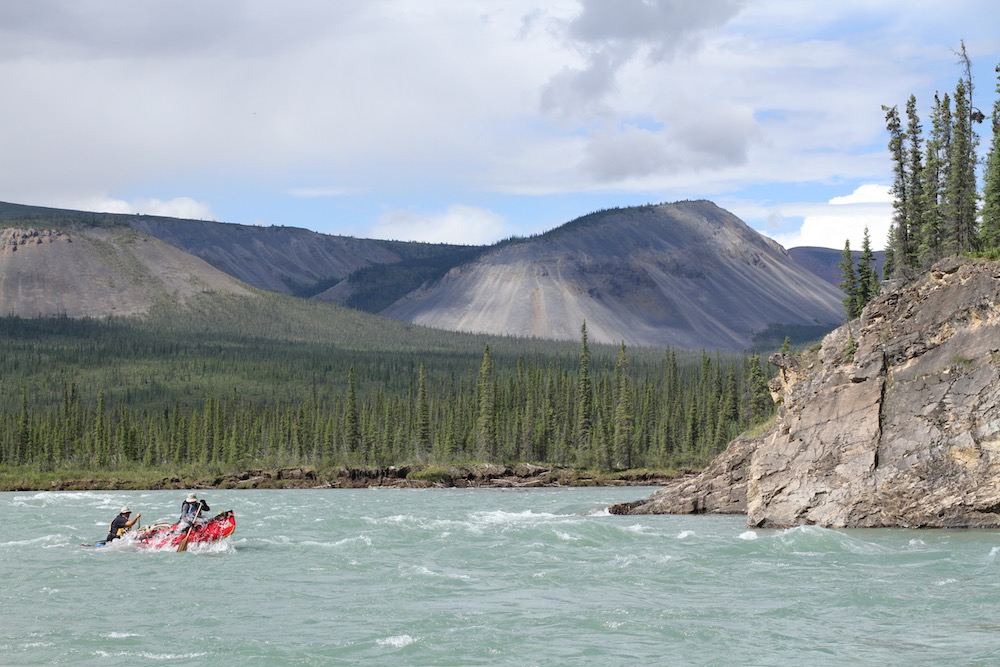
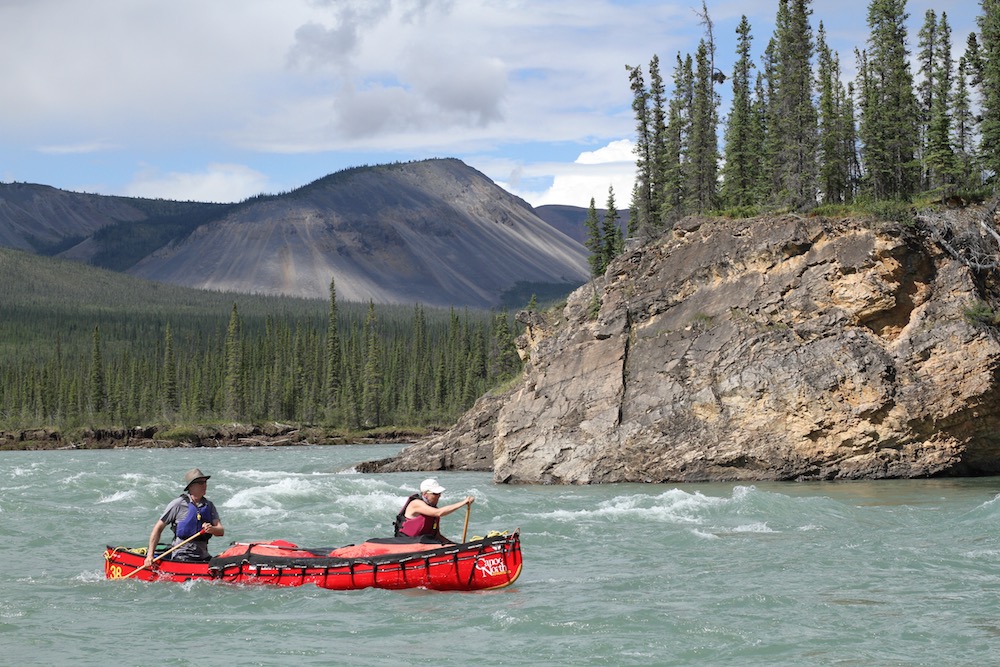
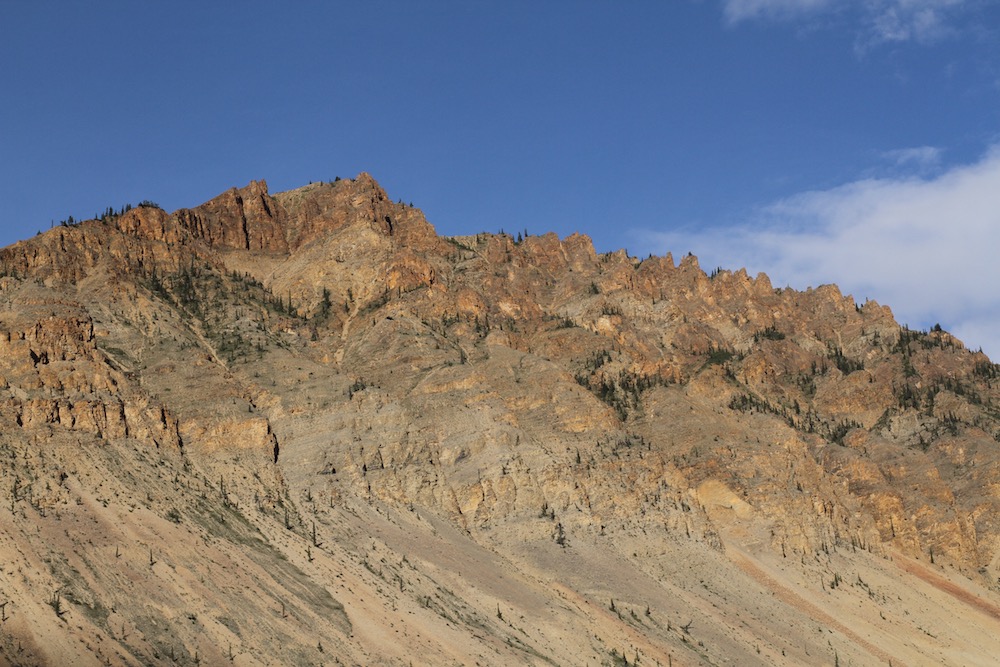
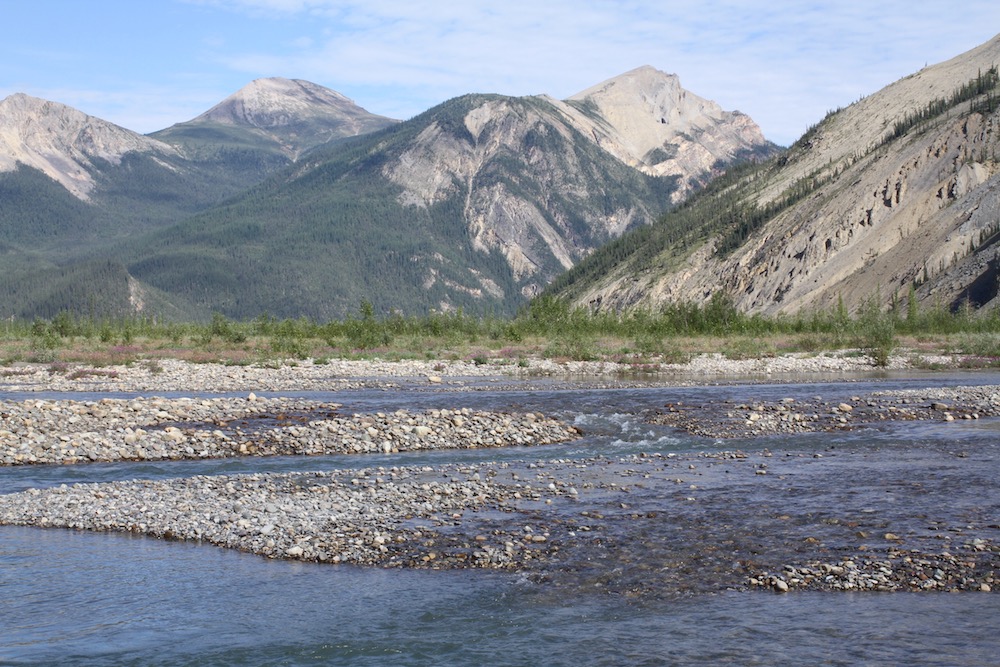
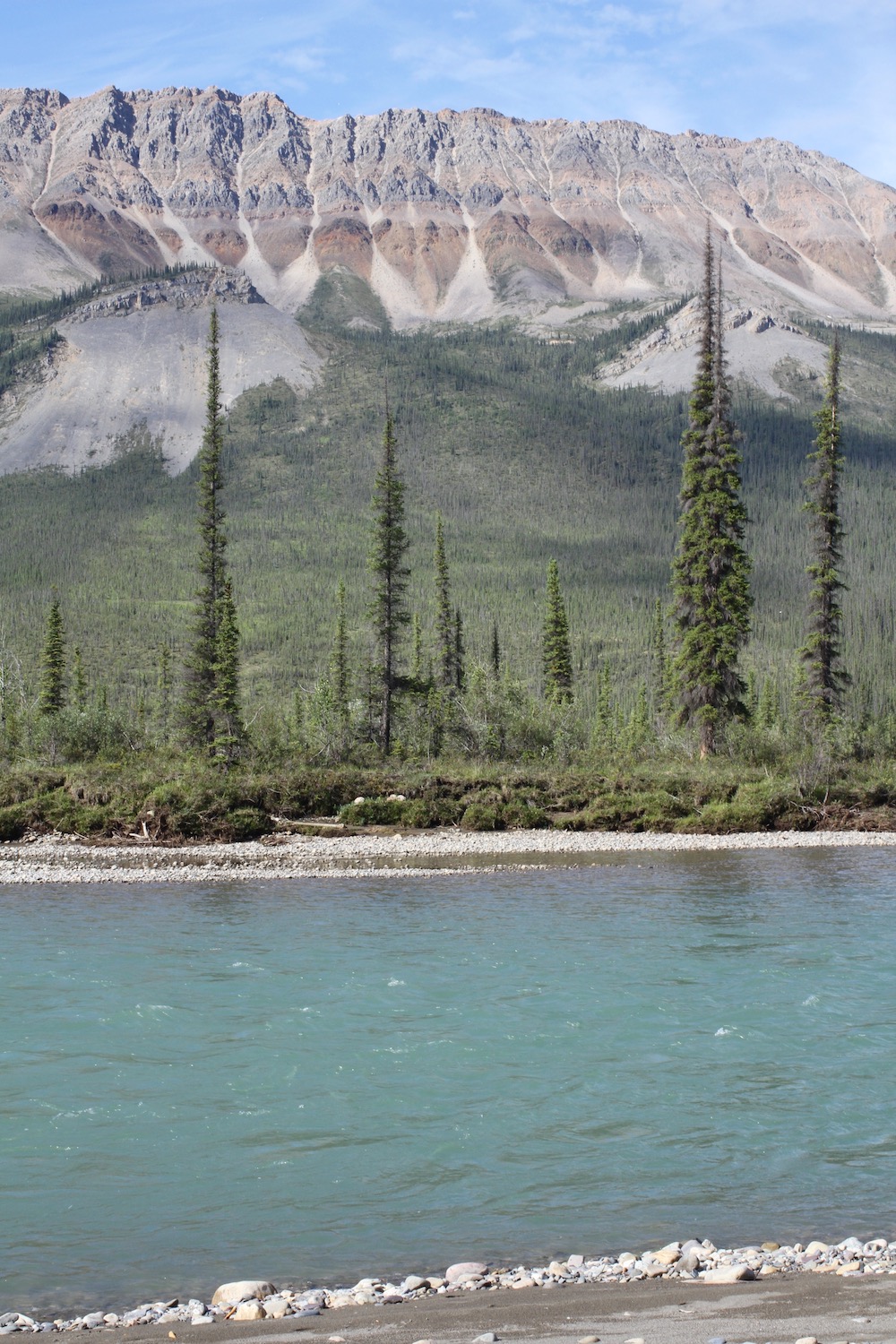
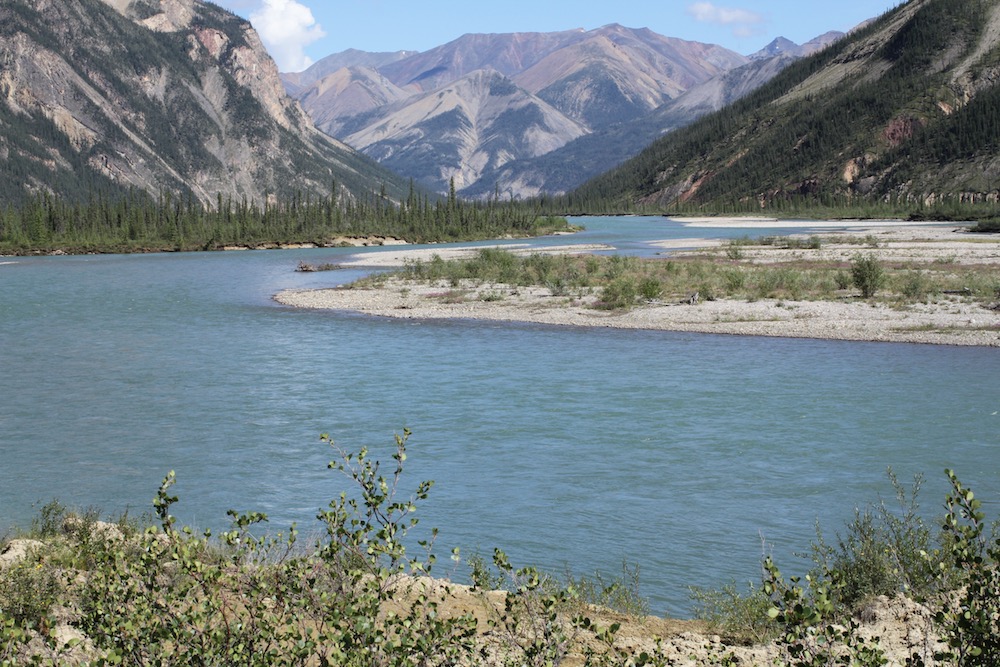
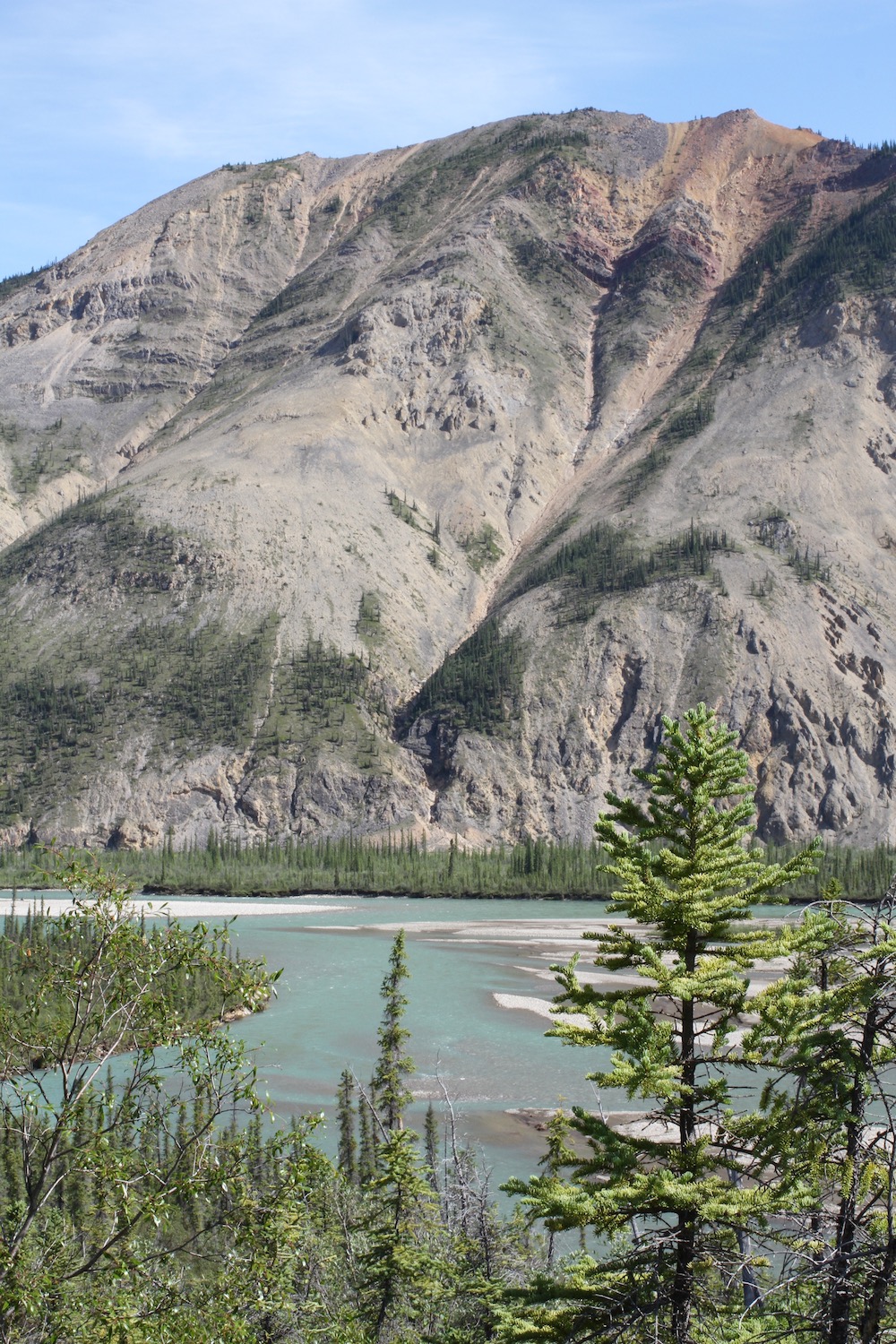
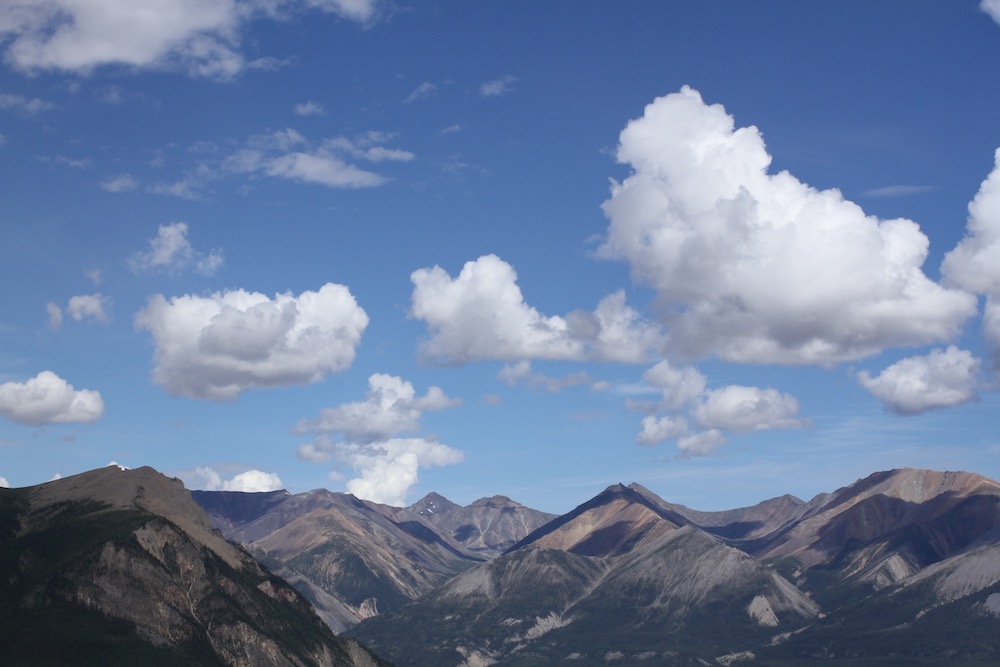
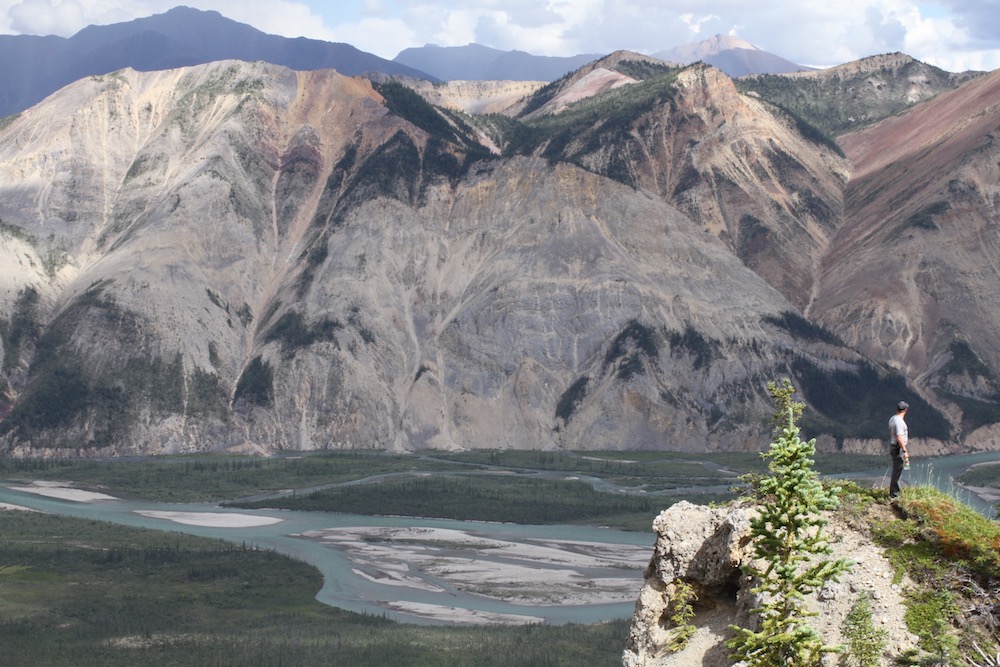
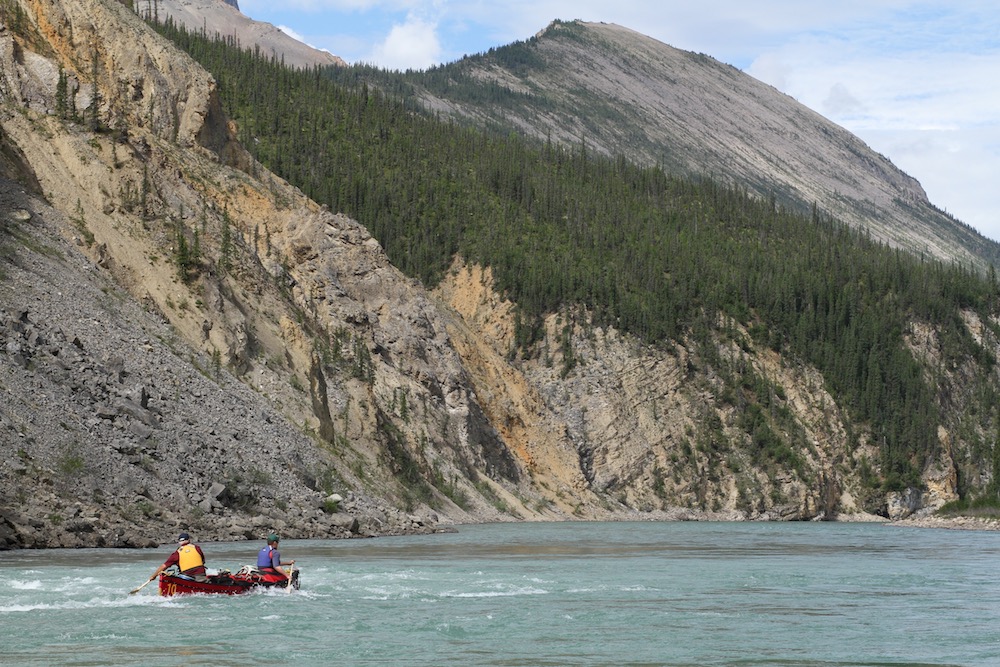

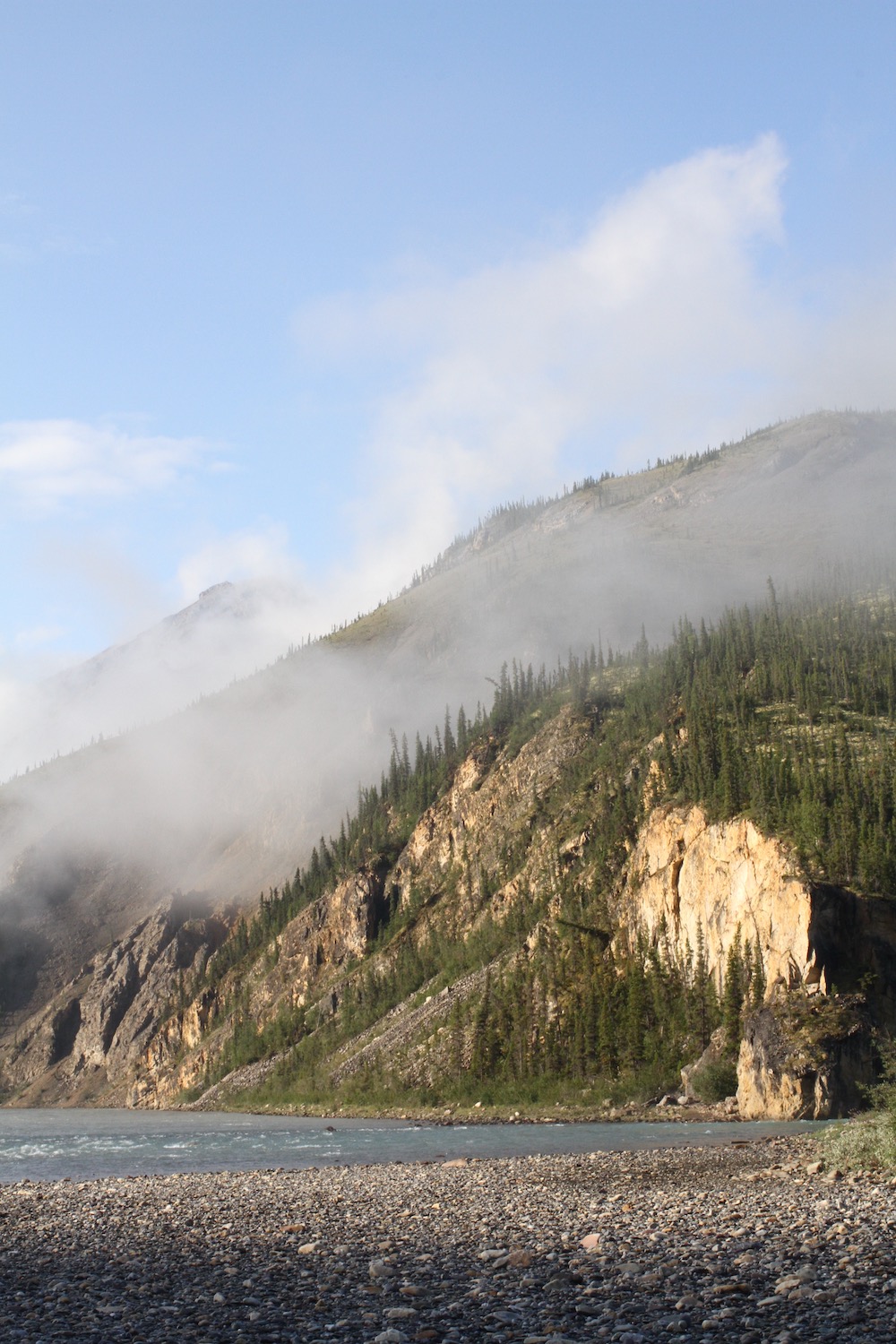
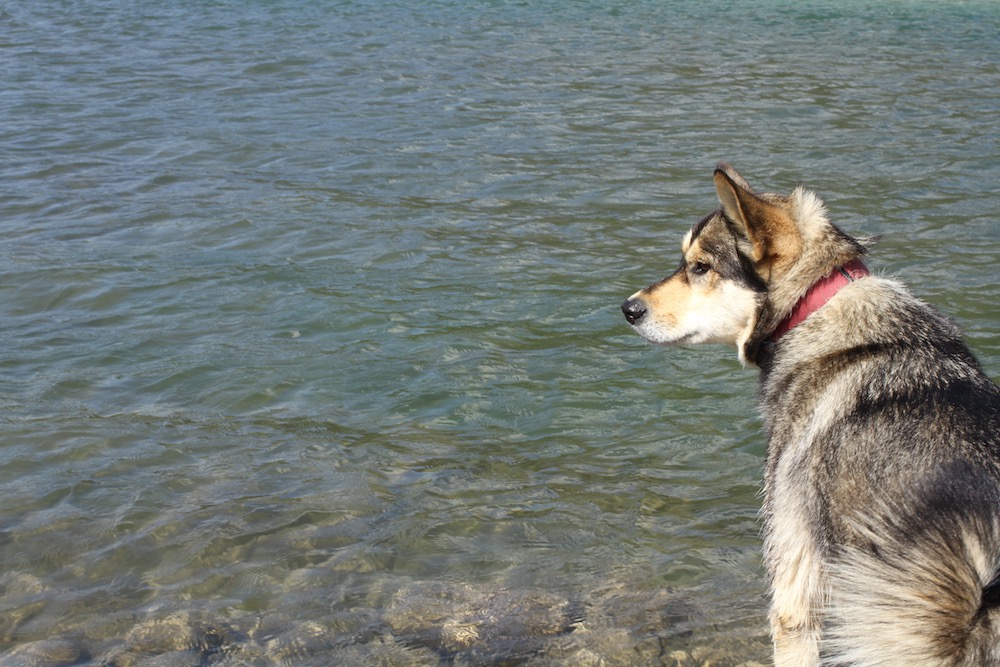
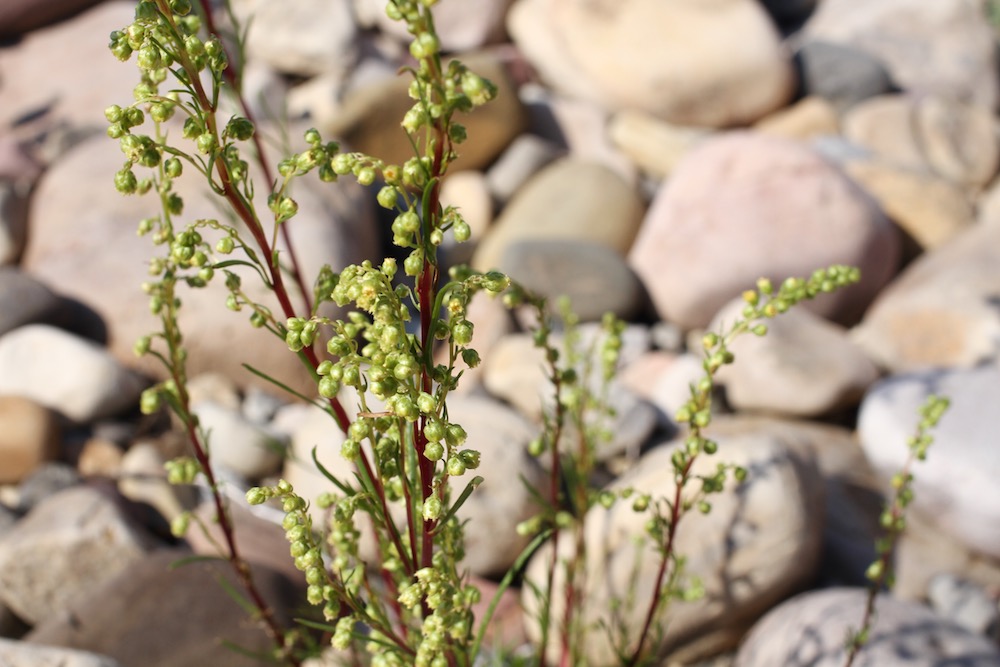

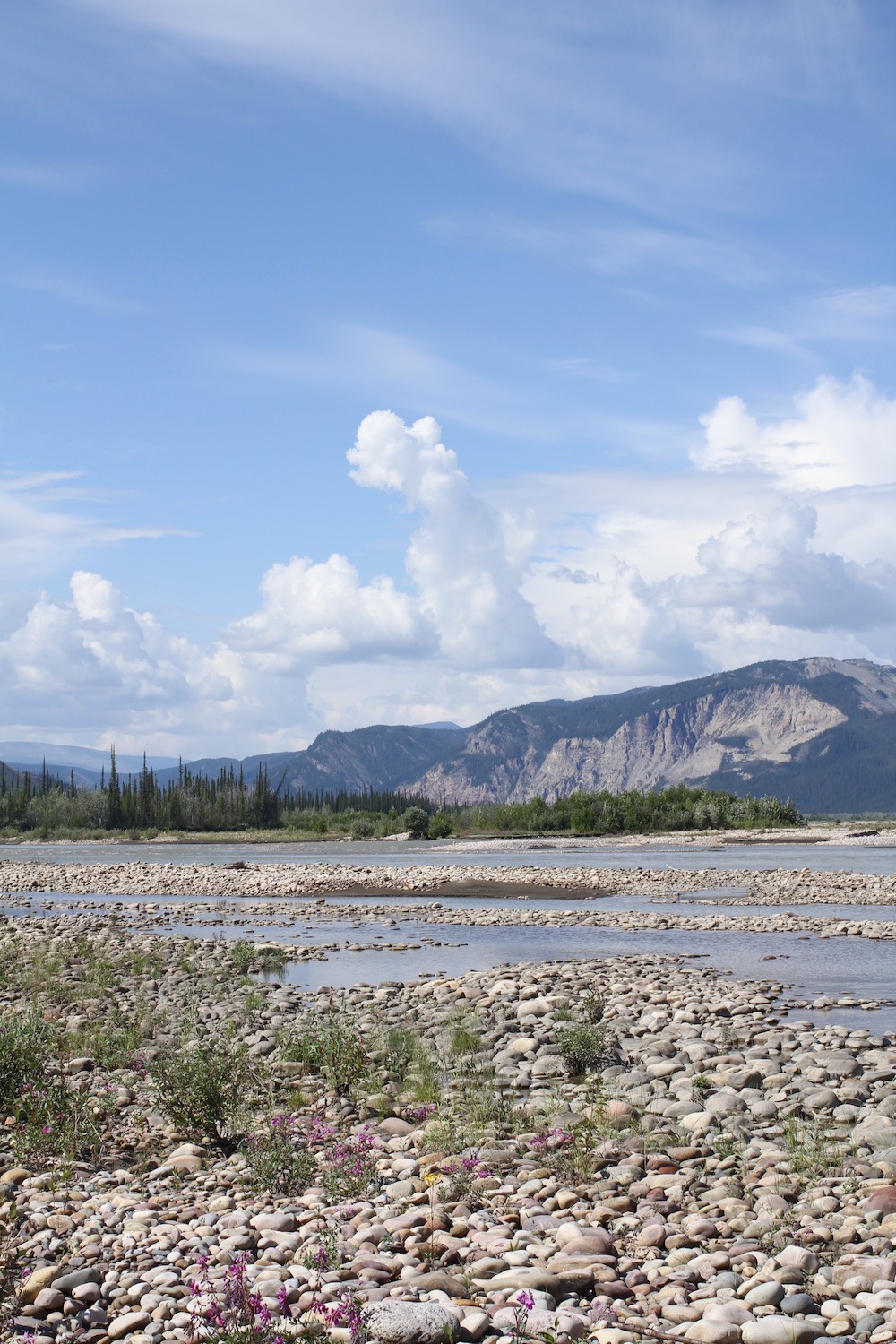
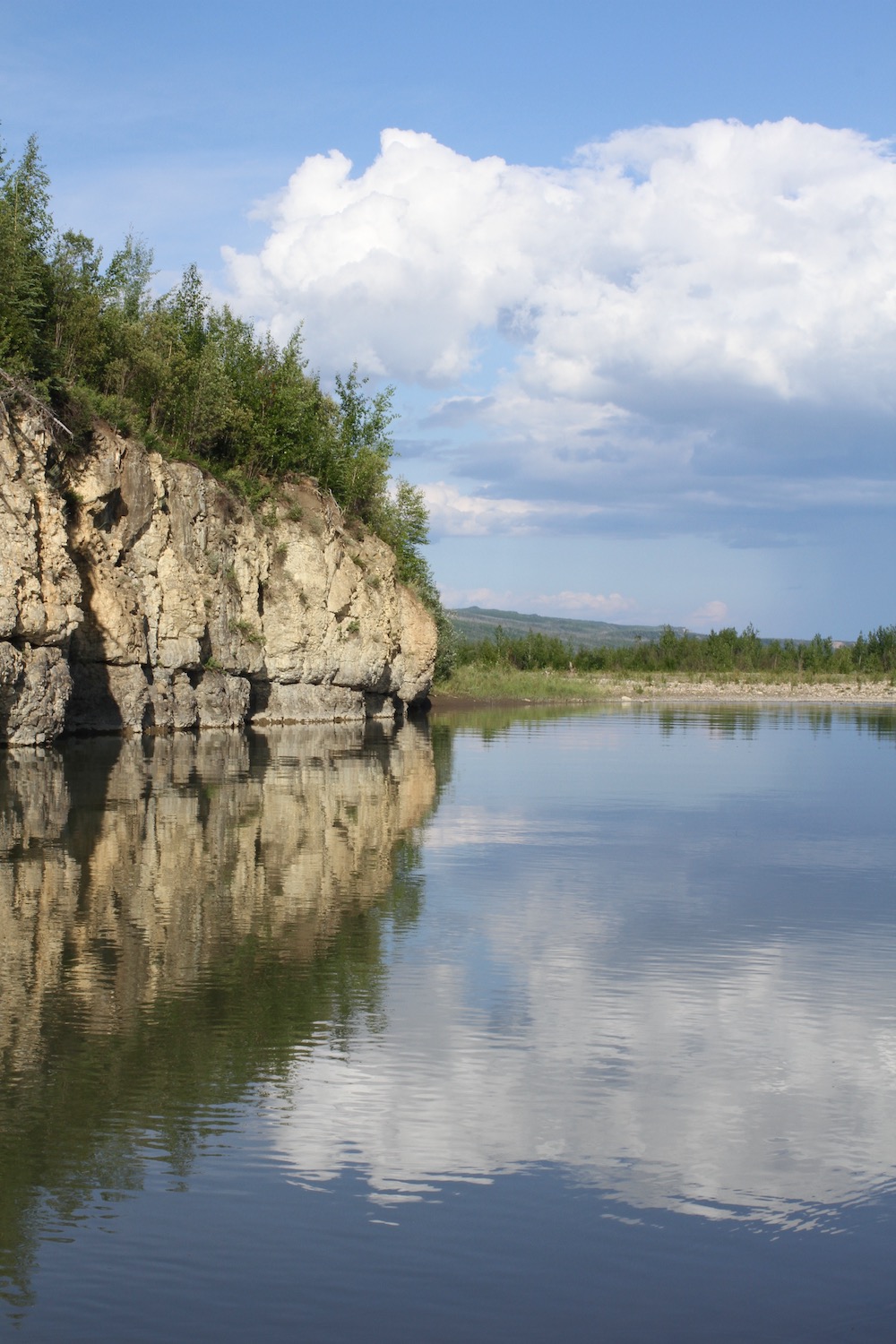
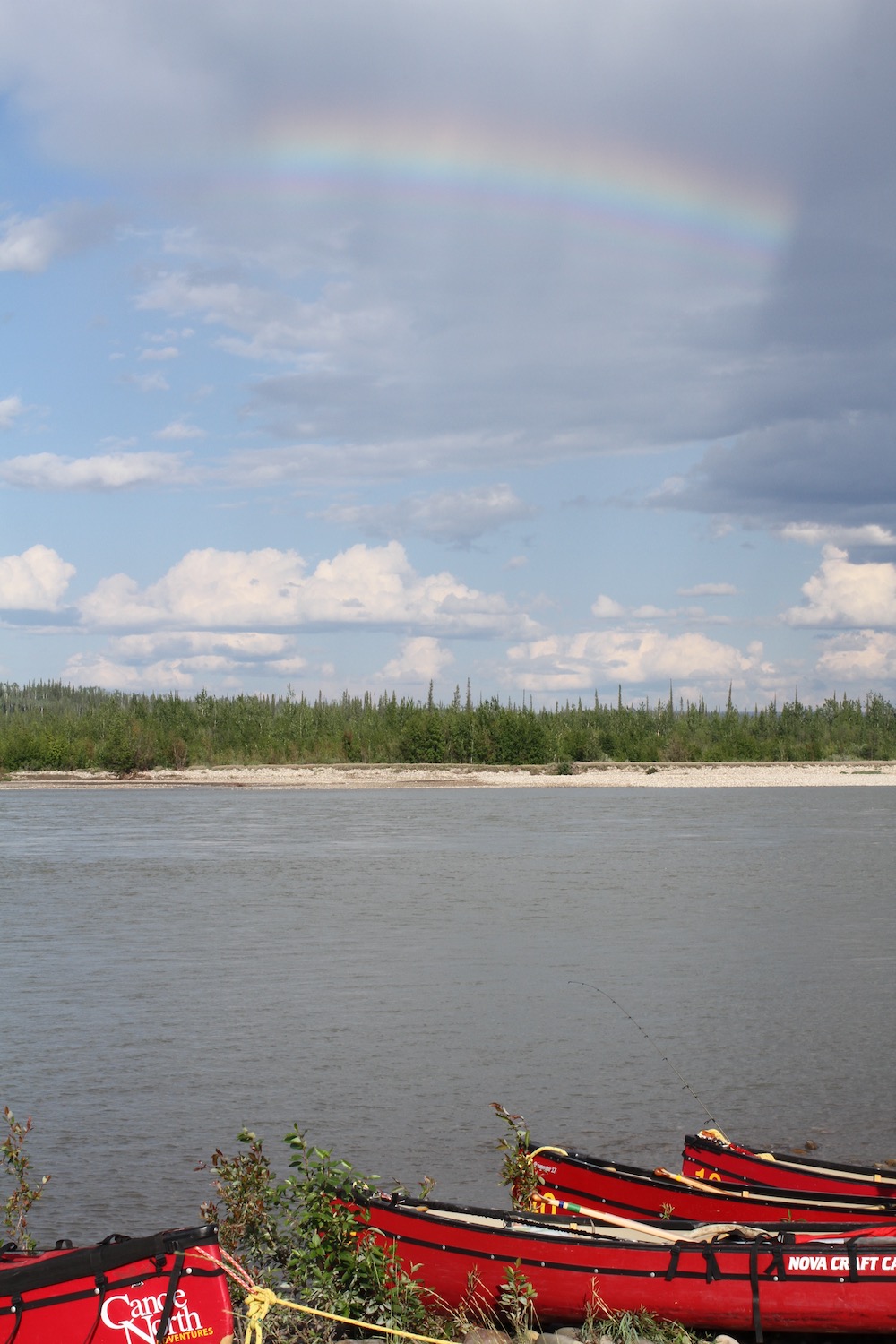
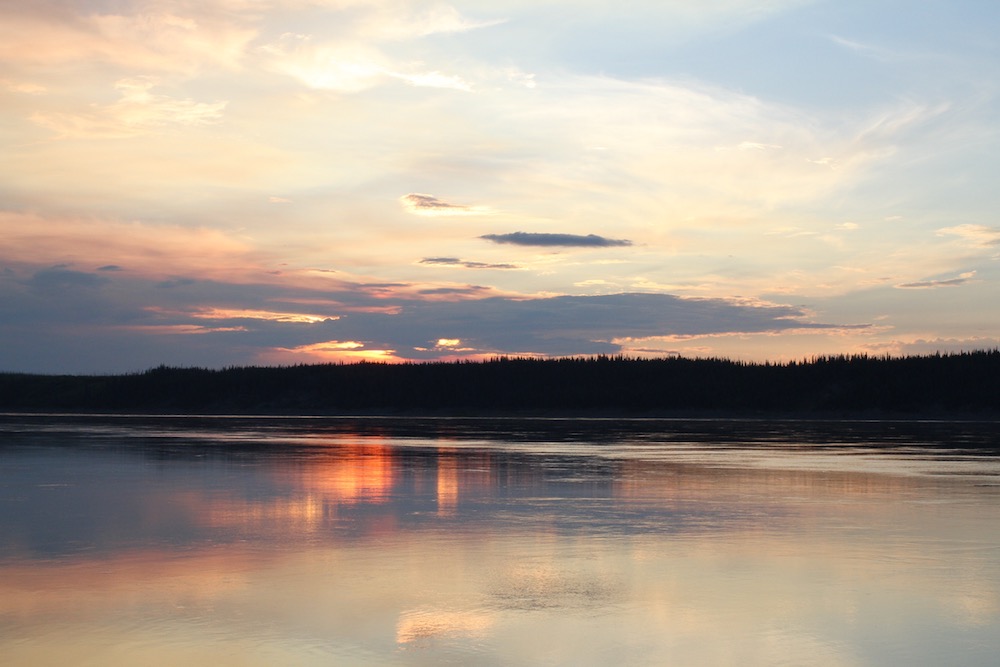

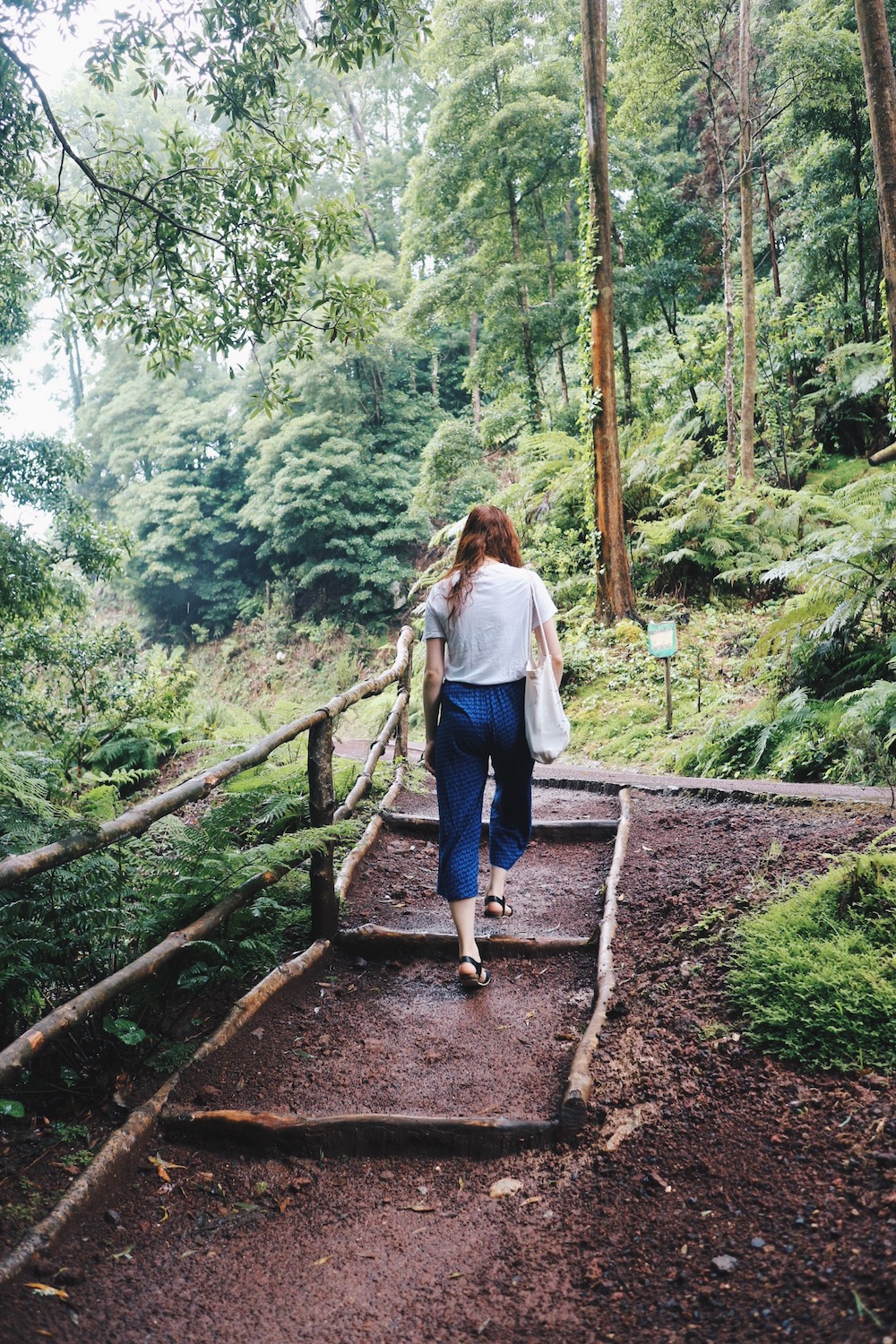
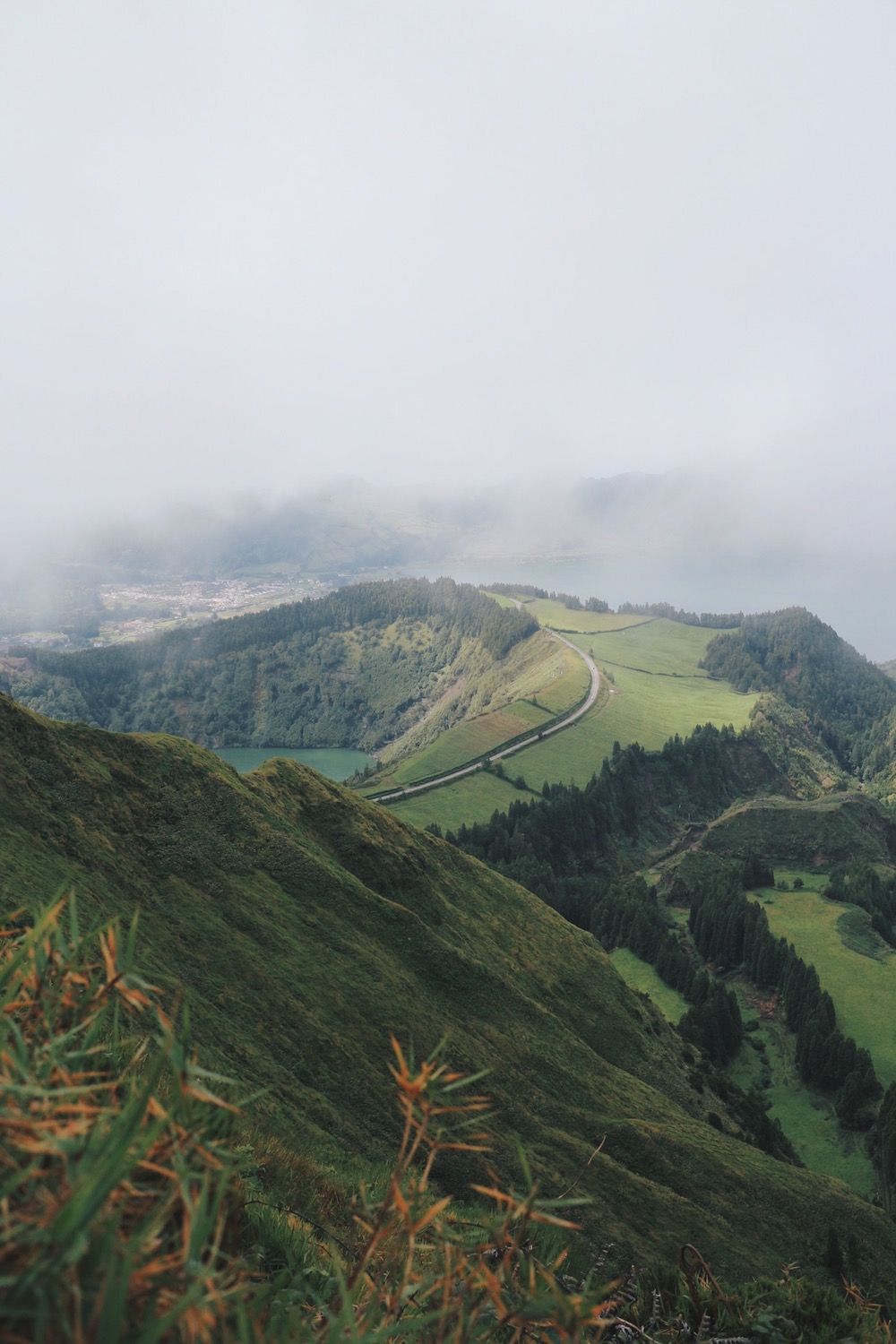

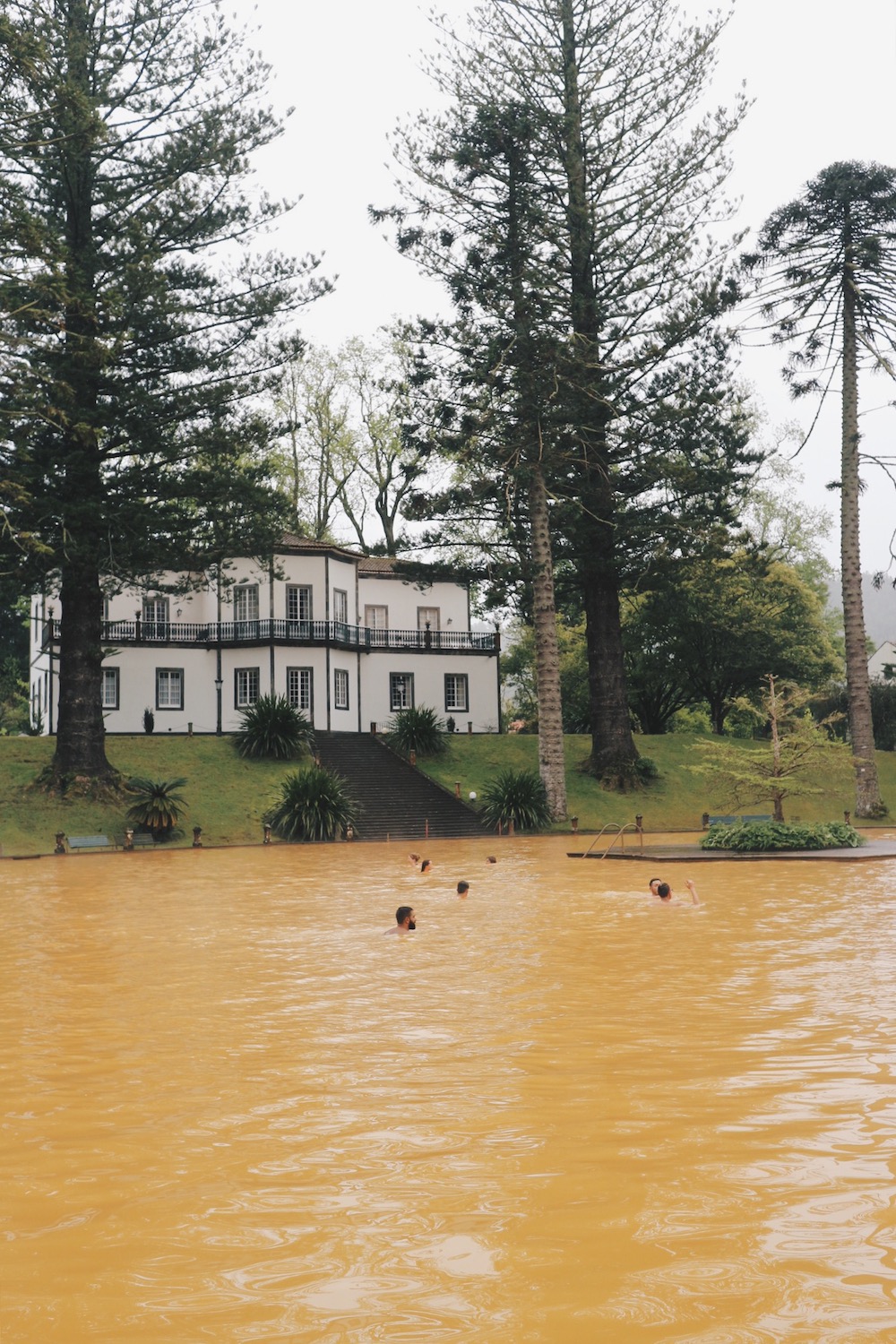
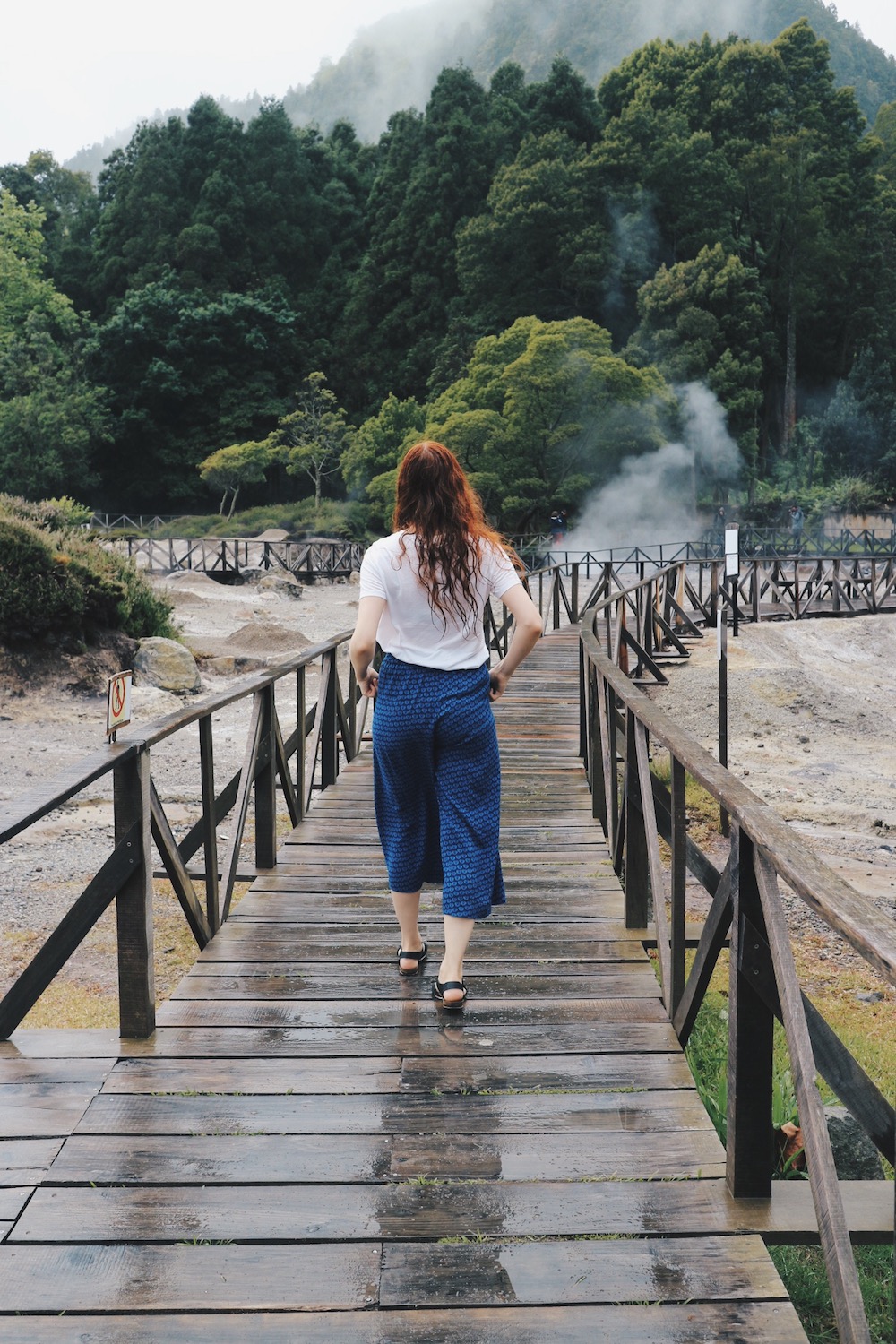



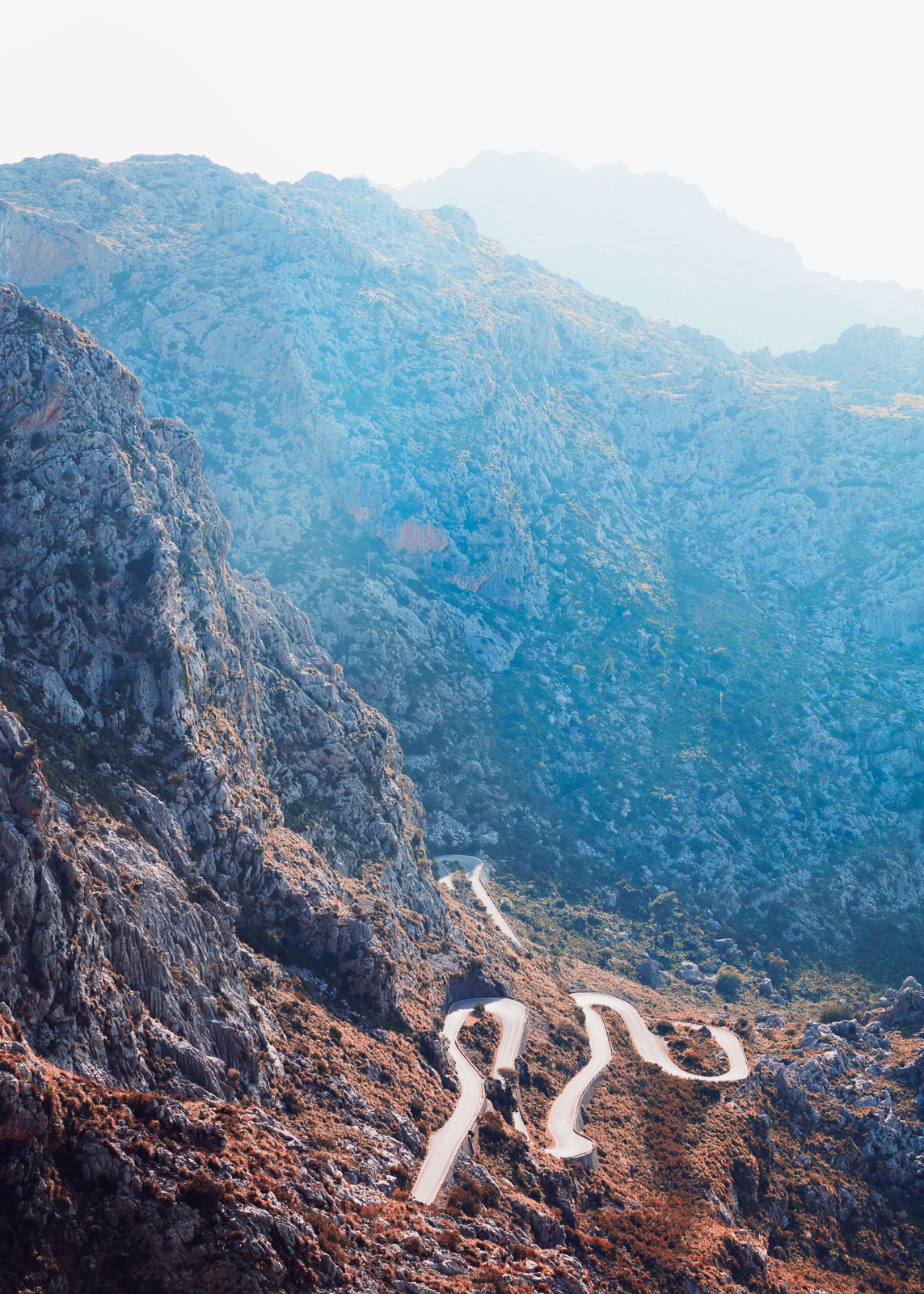





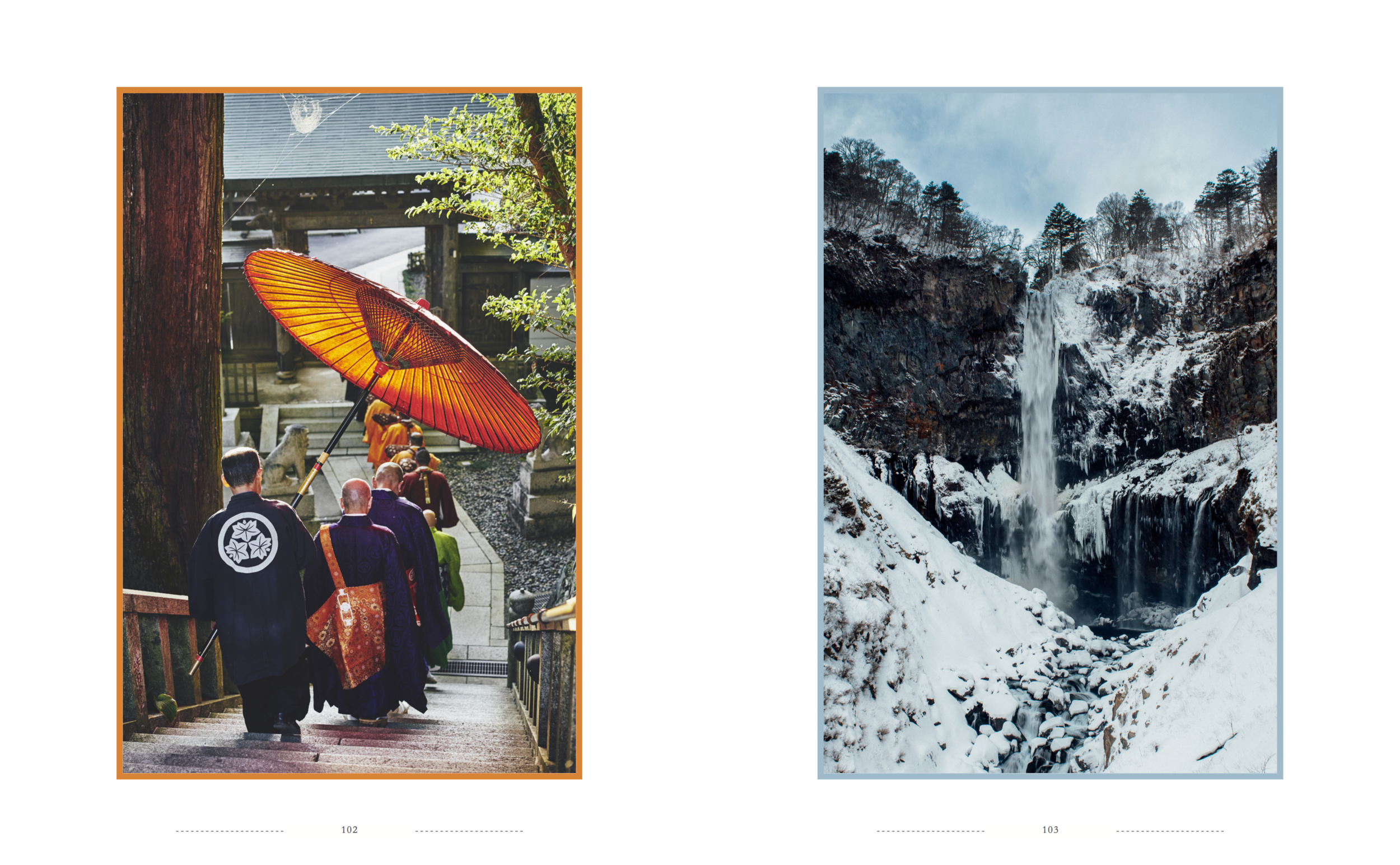






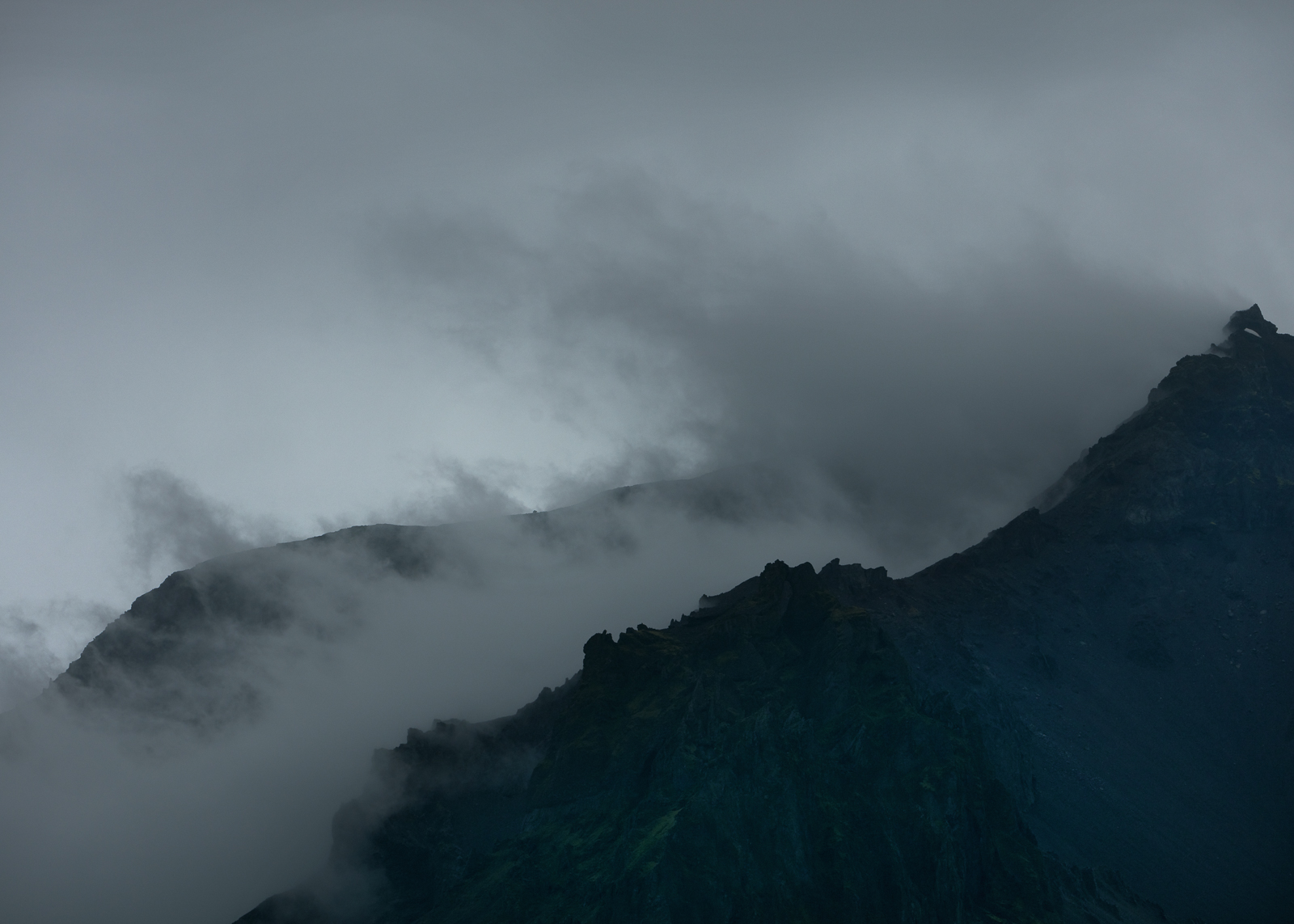


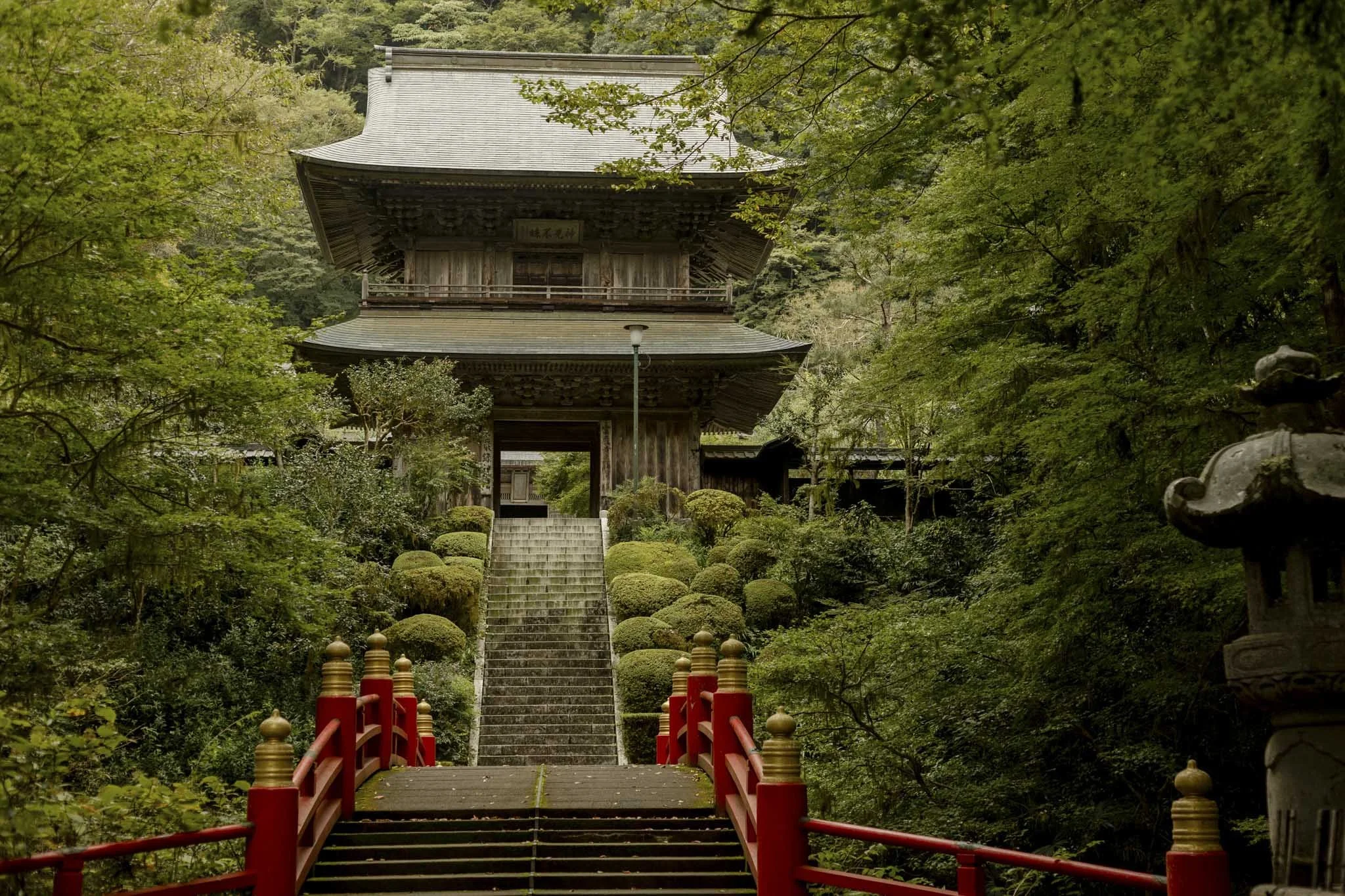












Celebrating Cecil Beaton at Wales’ Hawarden Estate.